‘Breaking Down Walls’ with Open Studios – a studio showcase presented by RESERVOIR
I often tend to think of creative studios as these abstract and mysterious spaces; almost like an ephemeral secret, best kept at a distance between creators and audiences. Processes, in many ways, are extremely private – even more so, sacred. So, when an inconspicuous building on Bree St opened its doors last week in anticipation of last week’s annual Art Fair Week in Cape Town; it felt like breaking the fourth wall, revealing artists, their work and the potential of a collective community.
Initiated by RESERVOIR – “Open Studios” is a curatorial project and gallery by Heinrich Groenewald and Shona van der Merwe – each floor of the event brought a different energy to fore. Castle House is home to nine floors of over twenty creative studios; and everyone was welcome to meander up and down the building, peering around corners and up staircases, to immerse oneself into the studio spaces of some of Cape Town’s best loved creatives. The experience felt like a brave new world, indeed.
Usually, we see the final outcome of artists’ processes; for Investec Cape Town Art Week, this is even more true for an immense showcase, as a culmination of a year’s long journey for its exhibiting artists and participating galleries. Open Studios however, brought something entirely different to the table, by asking audiences and visitors to consider the very beginning of how they might conceptualise the act of making. As Heinrich explains, “as an exhibitor at the fair, we are encouraged to initiate an event that will form part of the special VIP programme hosted by the Investec Cape Town Art Fair. It always promises to be an incredibly stimulating week, with events scattered all over the city, and beyond! We wanted to do something really special this year. Bree Castle House, where RESERVOIR is located, is home to nine floors of artist and design studios. And in the spirit of our ethos of collaboration, we thought it might be a wonderful opportunity to involve the entire building and open the doors to more than 20 creative studios.”
Open Studios photographed by Sarah Keogh
I found myself involved in speculation throughout the various floors. I wondered whether the different choice of studio space for creatives, whether compact and intimate or open and expansive, might reflect the intricate relationship between their creative process, personality, and artistic practices. I think of the cosy, shared space of multimedia graphic artist Natan Fourie and artist Robert Plotz on the second floor; laid back, like casual alcoves, existing in what might be their respective homes. Or, jewellery design studio OH MY GOSS and artist Madeleine van Manen on the fifth floor; might these artists developed their process best in the quietude of confined spaces, needing their work to evolve with a sense of privacy and introspection?
Then, there was the wide-open first floor of AKJP’s Keith Henning; with AKJP’s newly established bar acting as an anchor while people view the stunning process-and-praxis of Henning’s iconic, totemic sculptures. AKJP is one of the clearest examples I know of the established connection between design and community in the city. Other artists with open-plan studios, who might thrive on collaboration and working methodologies that encompass engagement, were the sixth floor hosts Studio Jana + Koos, and the duoship’s respective solo expressions, as Koooooos and Jana Hamman, along with Ruschka Du Toit’s incredible study in foliage and form, and clay-focused gallery Art Formes.
On how a concept like Open Studios can inform relationships between artists, designers and audiences, Heinrich explains that “the idea of the VIP programme is to localise attention from the art crowds visiting the fair to the gallery presenting the event. By utilising one’s access to such platforms to also provide opportunity to individual’s who would otherwise not be included in these moments is a way of fostering community, and as a result, adding to the abundance that is already available. There is no purpose in filling yourself with your slice of the pie, and letting the rest go to waste. There is always more to share. In return, we were delighted by the enthusiastic involvement from all the studios. Every space was transformed to welcome visitors and provide a unique offering.”
For RESERVOIR, the evening formed part of a celebration of their year-long residence on the seventh floor of the building. Having initially begun as a nomadic gallery, their permanent space is currently showcasing Anna van der Ploeg’s ‘Shorter This Time’, accompanied by a dialogue co-authored by Lucienne Bestall, Thulile Gamedze, Zayaan Khan, Bongani Kona, Margie Orford, Karin Schminke, Keely Shinners and Anna van der Ploeg; notes read, “All language is a verb and that verb is a wish and that wish is God. Example: Make me into a breaking thing; break me into a making thing.” and “Language moves like water in the wind, it finds the simplest route while simultaneously turning into vapour and also being thrown off its gravity path. Language bends in ways that light cannot. In the cave, darkness; in the dark, words.”
Open Studios photographed by Sarah Keogh
To descend or ascend upon Open Studios was the question; I heard people deciding to take the elevator to the ninth floor and work their way down – we, instead, worked our way up. On the final and ninth floor, Morné Visagie and Water Dixon’s (Caitlin Warther & Wendy Dixon) space had become a house party – in between Visagie’s preview of his upcoming solo in Antwerp and Dixon’s signature, alchemically mineral pieces – the energy of Open Studios culminated in abandon of trepidation and courteous protocol. A relief – and perhaps the point – for the people and spaces behind the works – and certainly us, as the viewers. Breaking the fourth wall at Open Studios was a study in openness; from viewership to engagement, from distinctions to community.
Participating studios include:
AKJP Studio, Jana + Koos, Marsi van de Heuvel, Pierre Vermeulen, Morné Visagie, Johno Mellish, Michael Tymbios, Kasia Stefańczyk, Nicholas Hales, Keith Henning, Water Dixon, Natan Fourie, Madeleine van Manen, Robert Plotz, Art Formes, YunYoung Ahn, Natan Fourie, Craig Cameron-Mackintosh, Gabrielle Guy, Ruschka Du Toit, Plan B Design, OH MY GOSS.
Written by: Holly Beaton

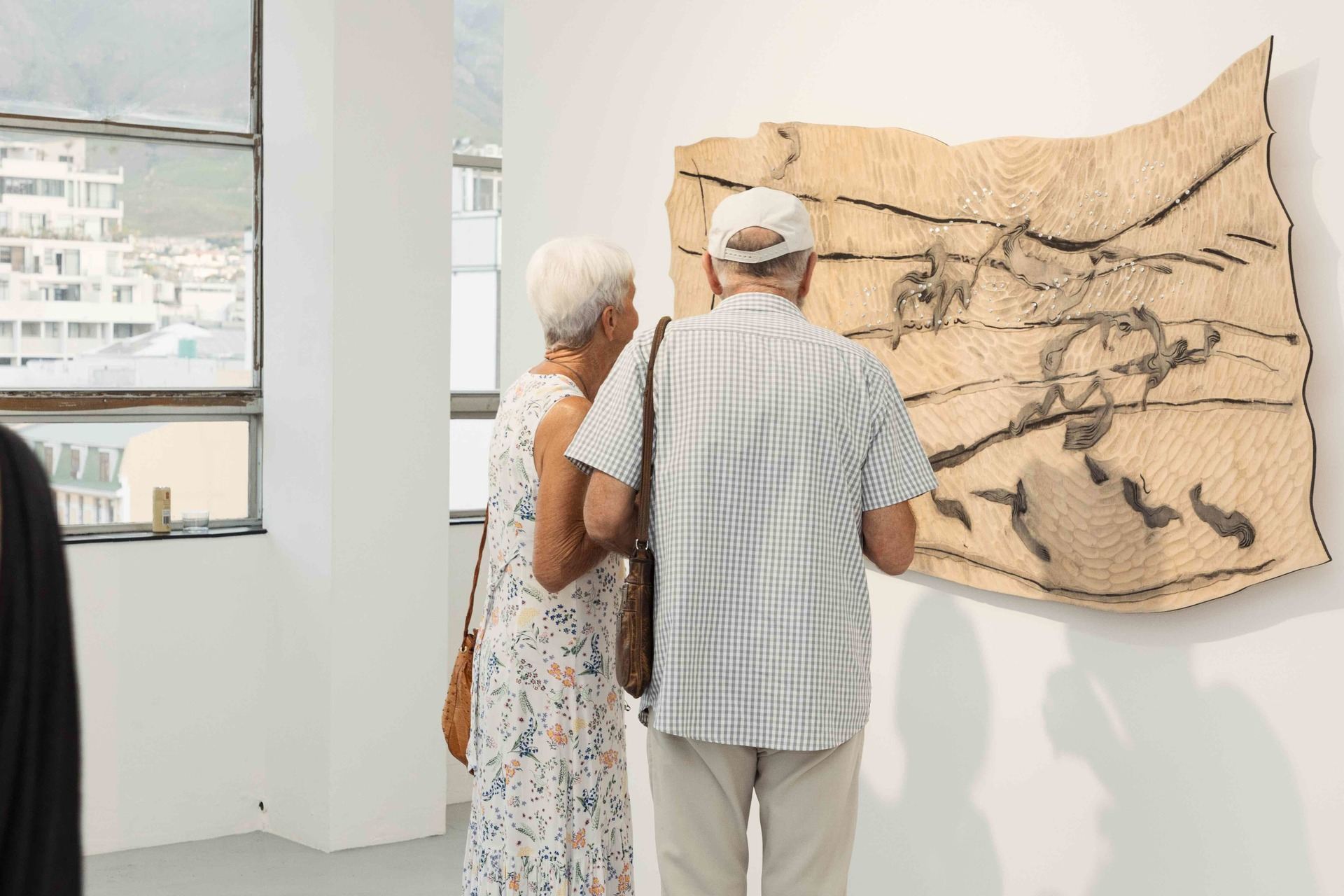
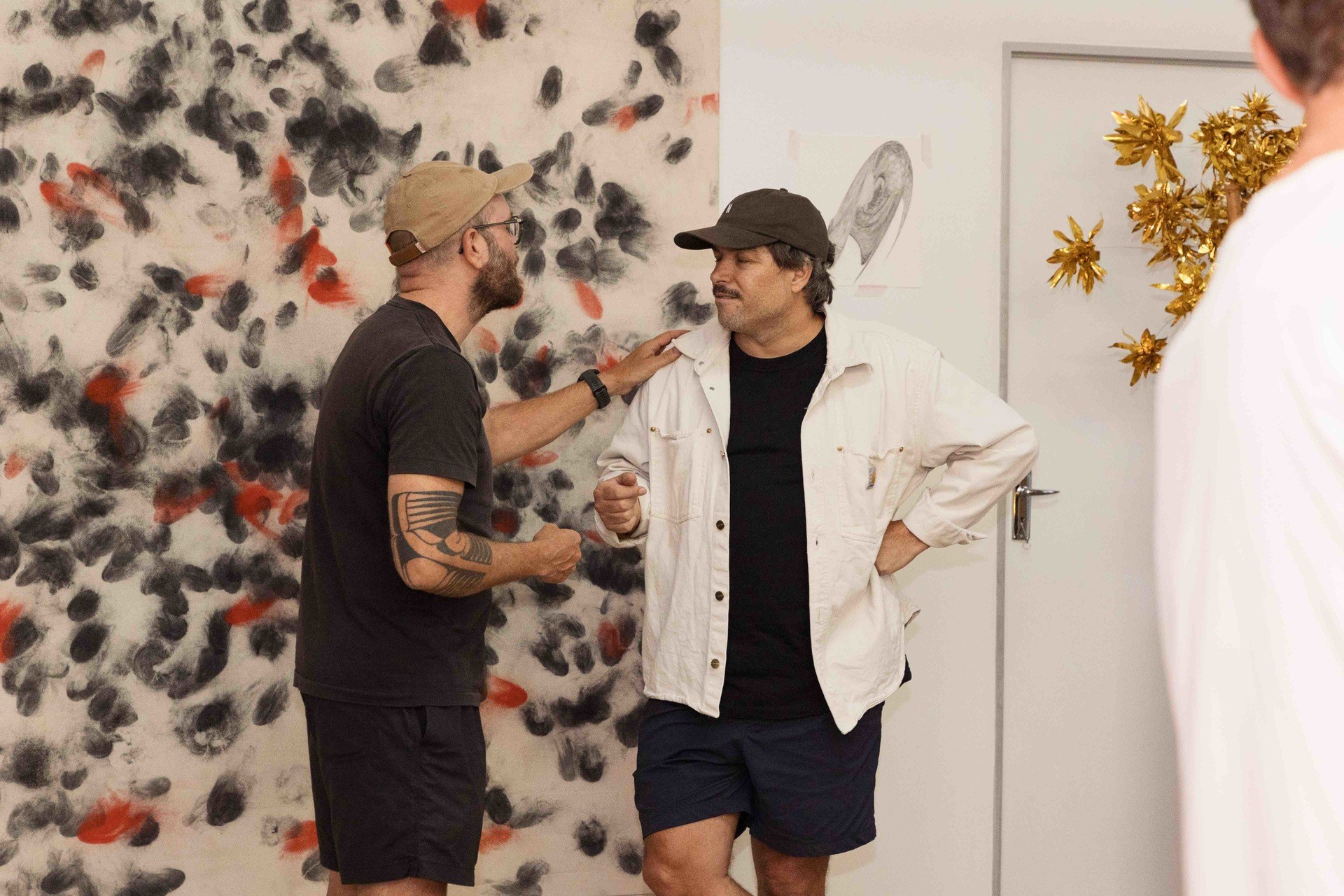
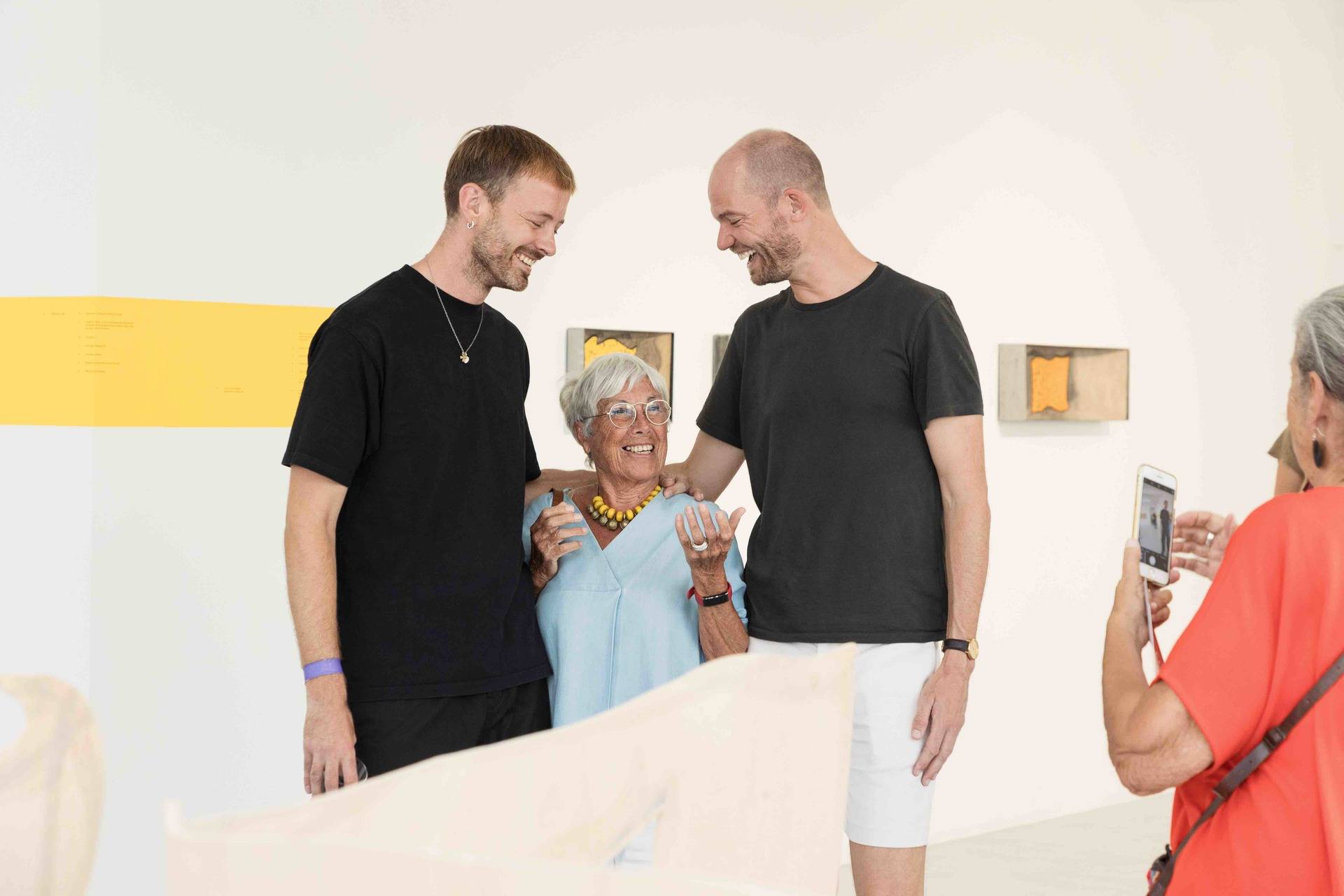
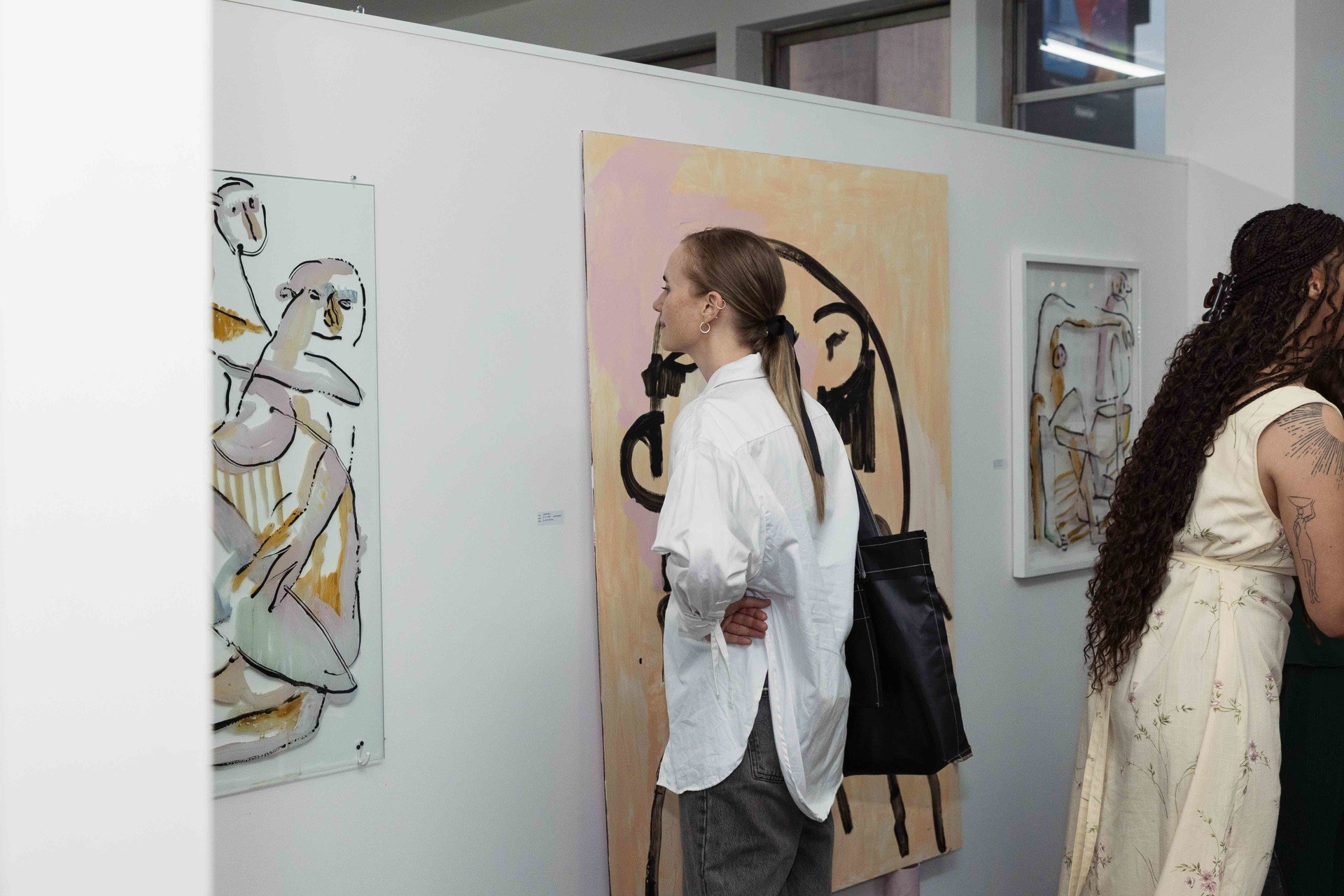
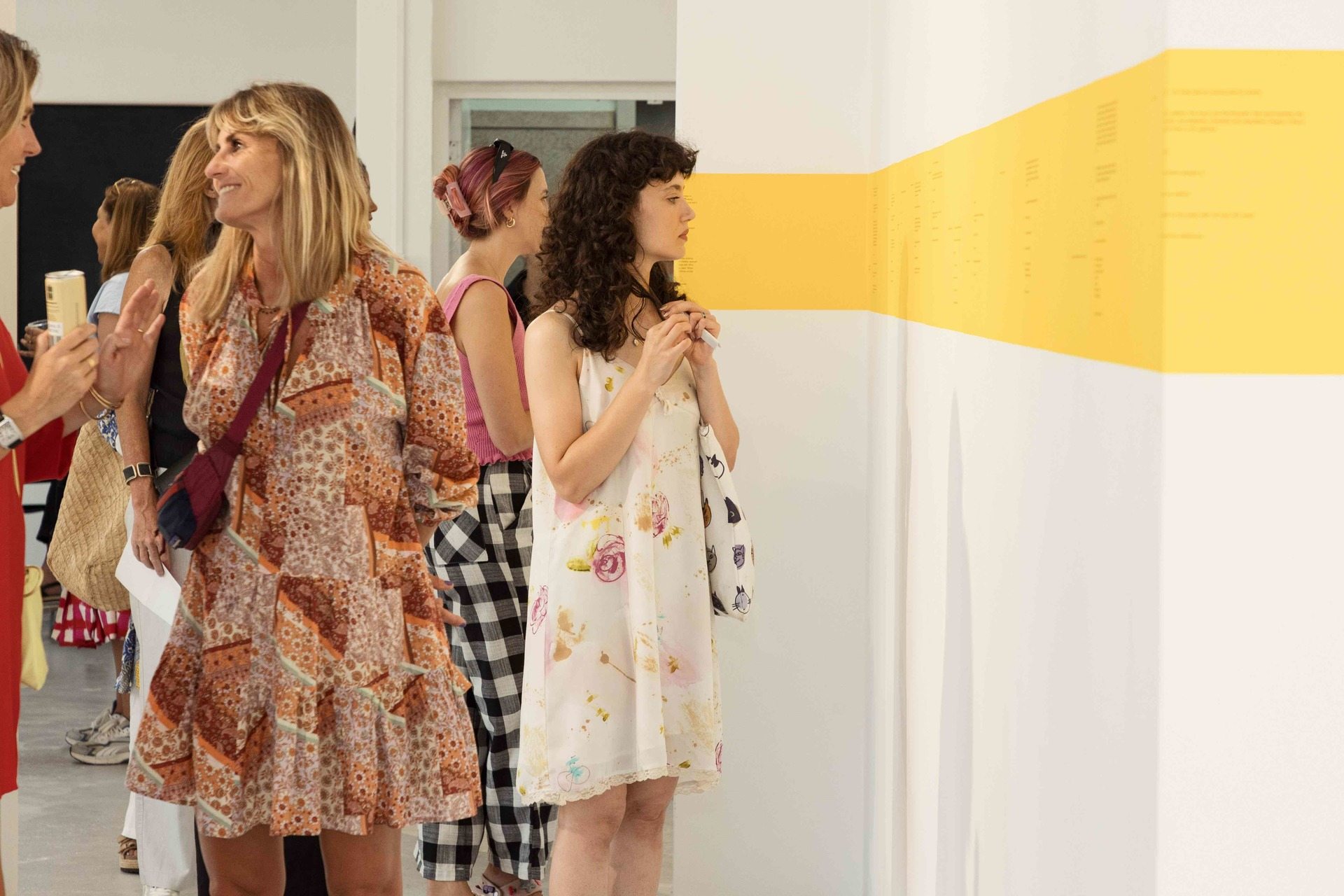
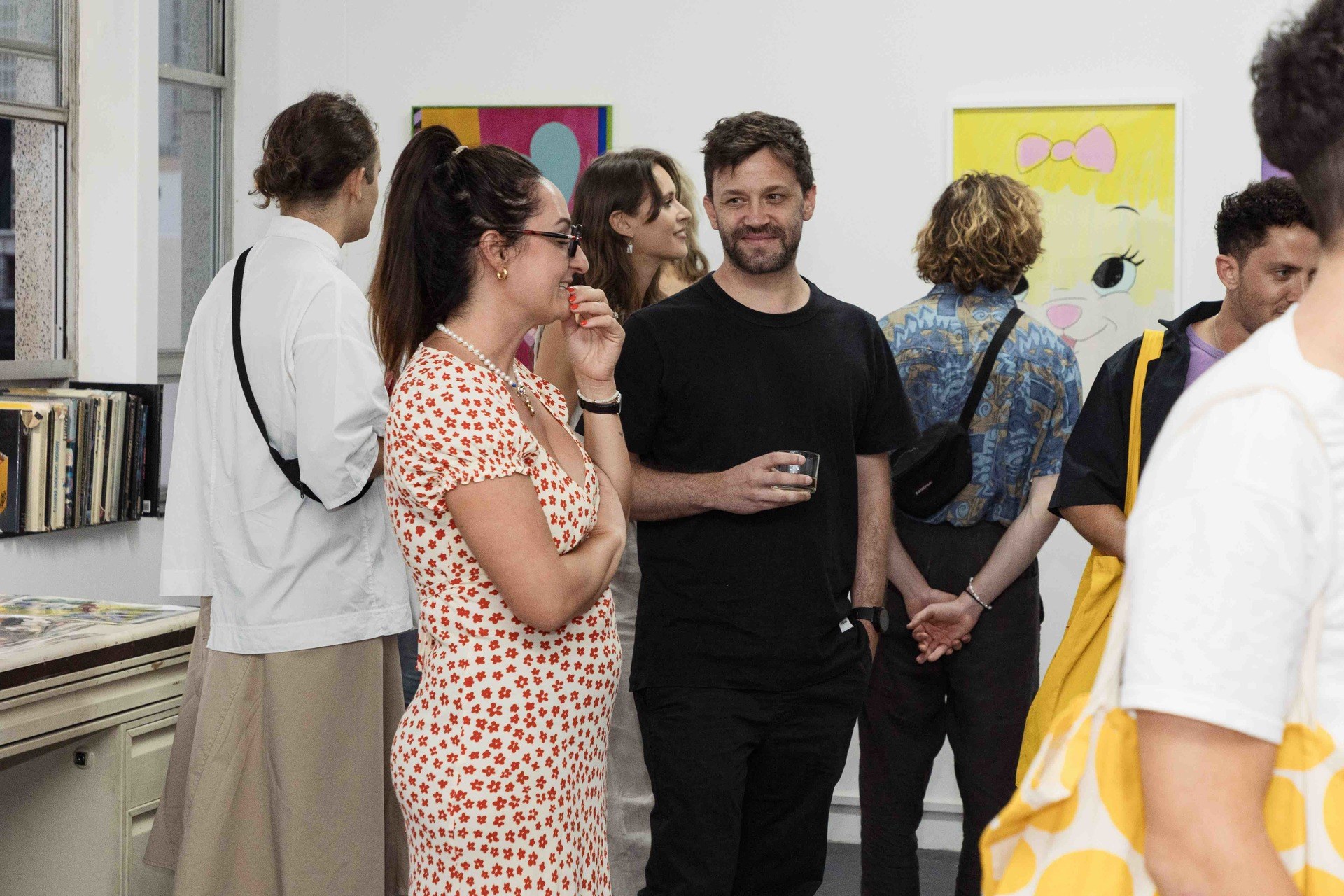

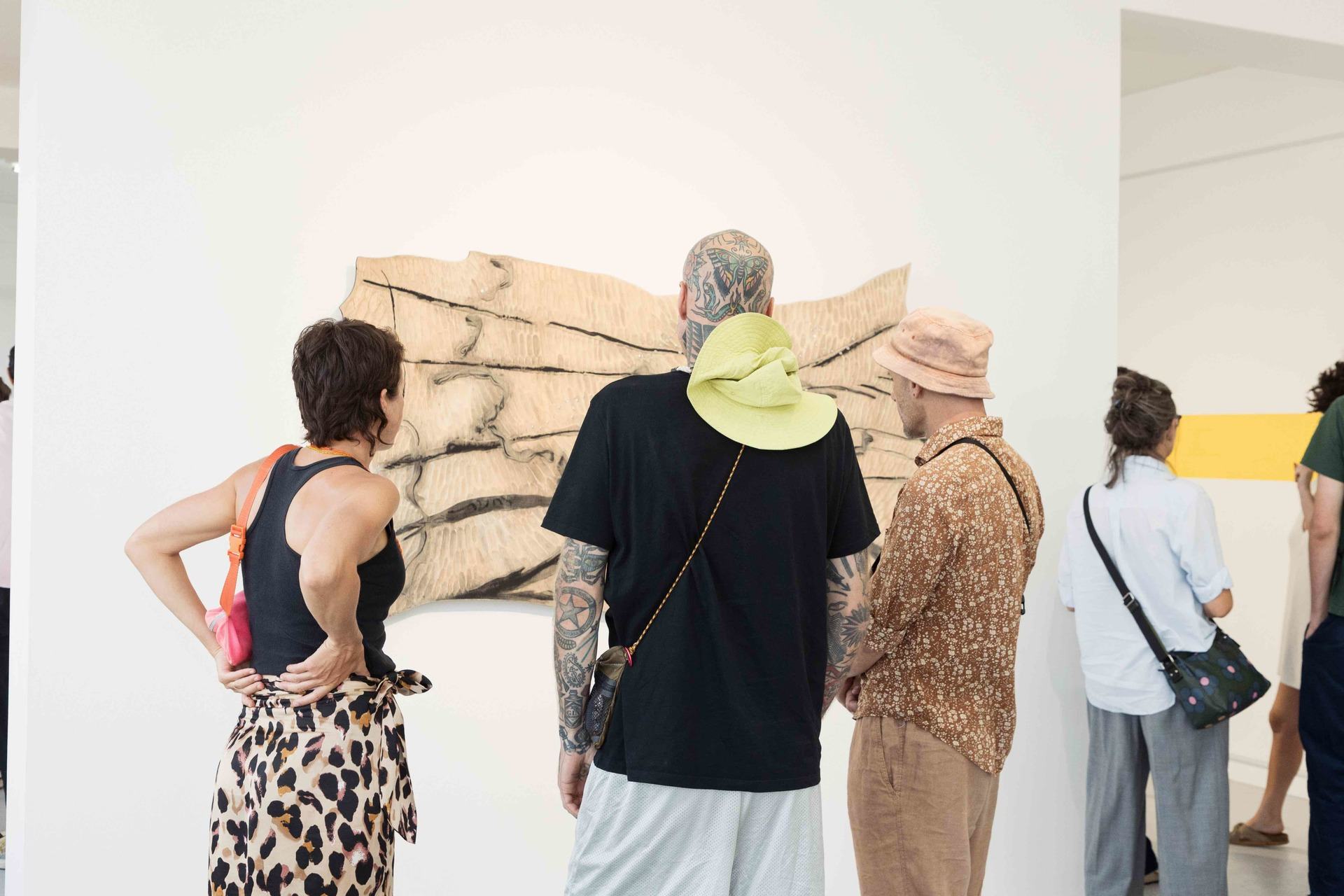
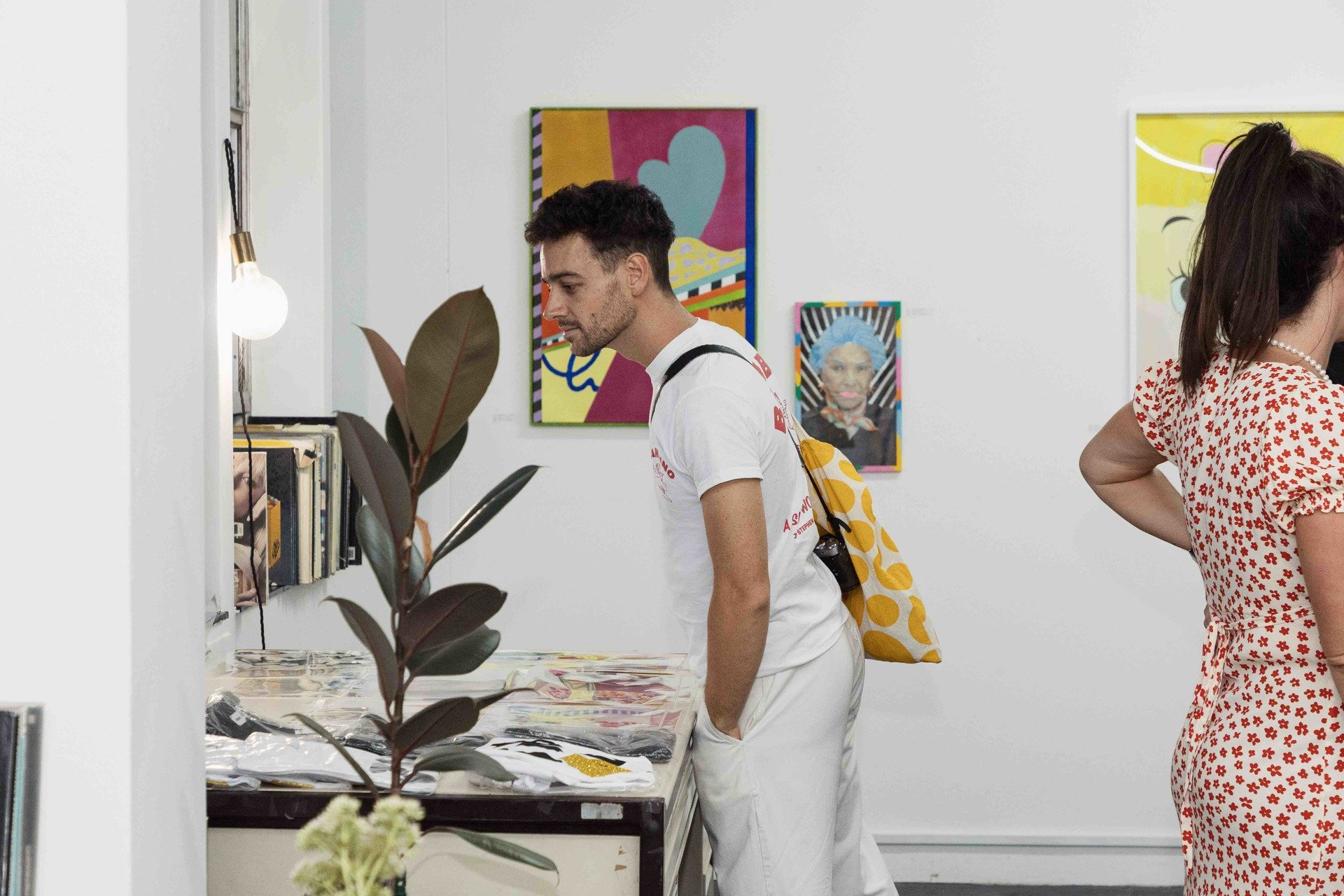
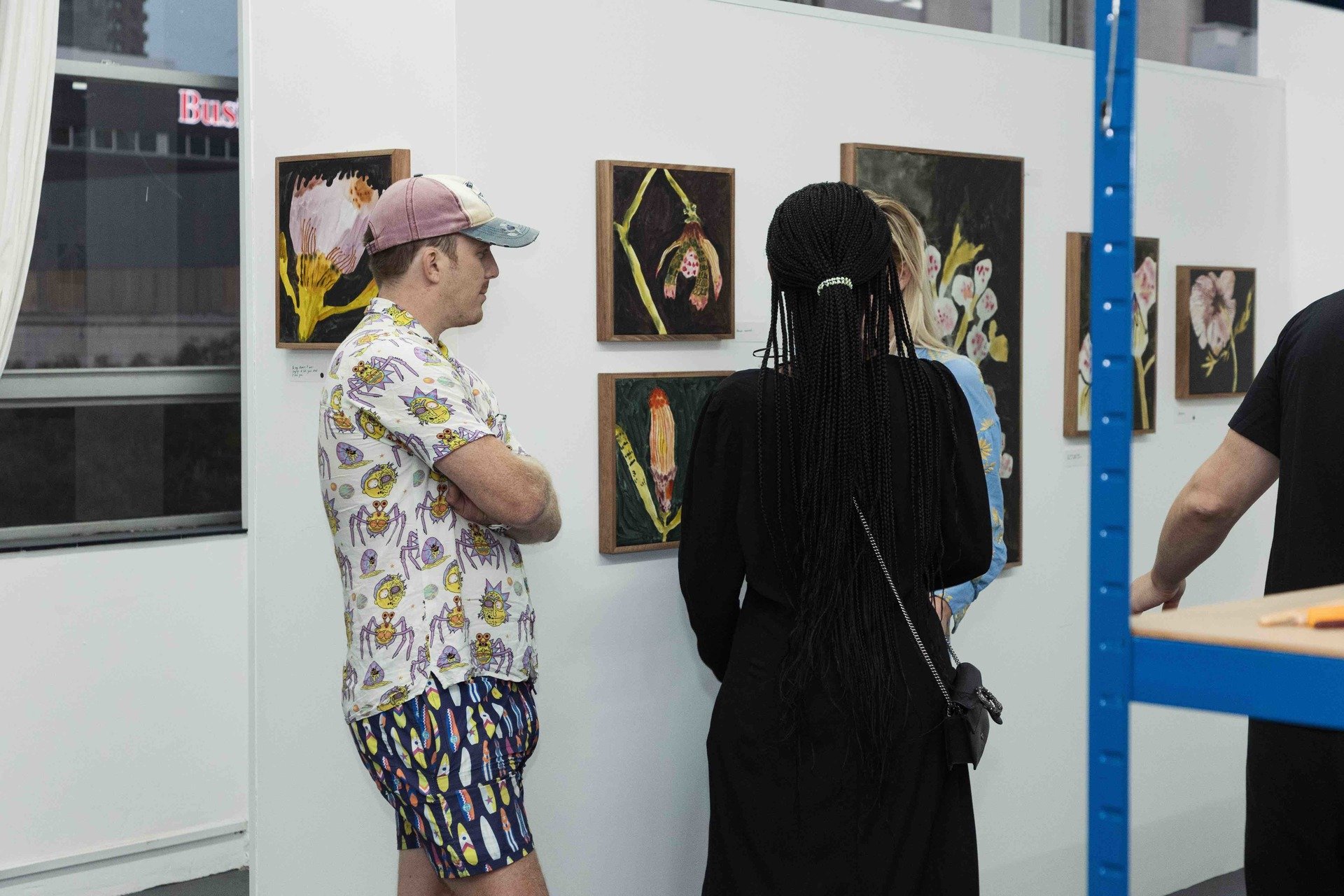
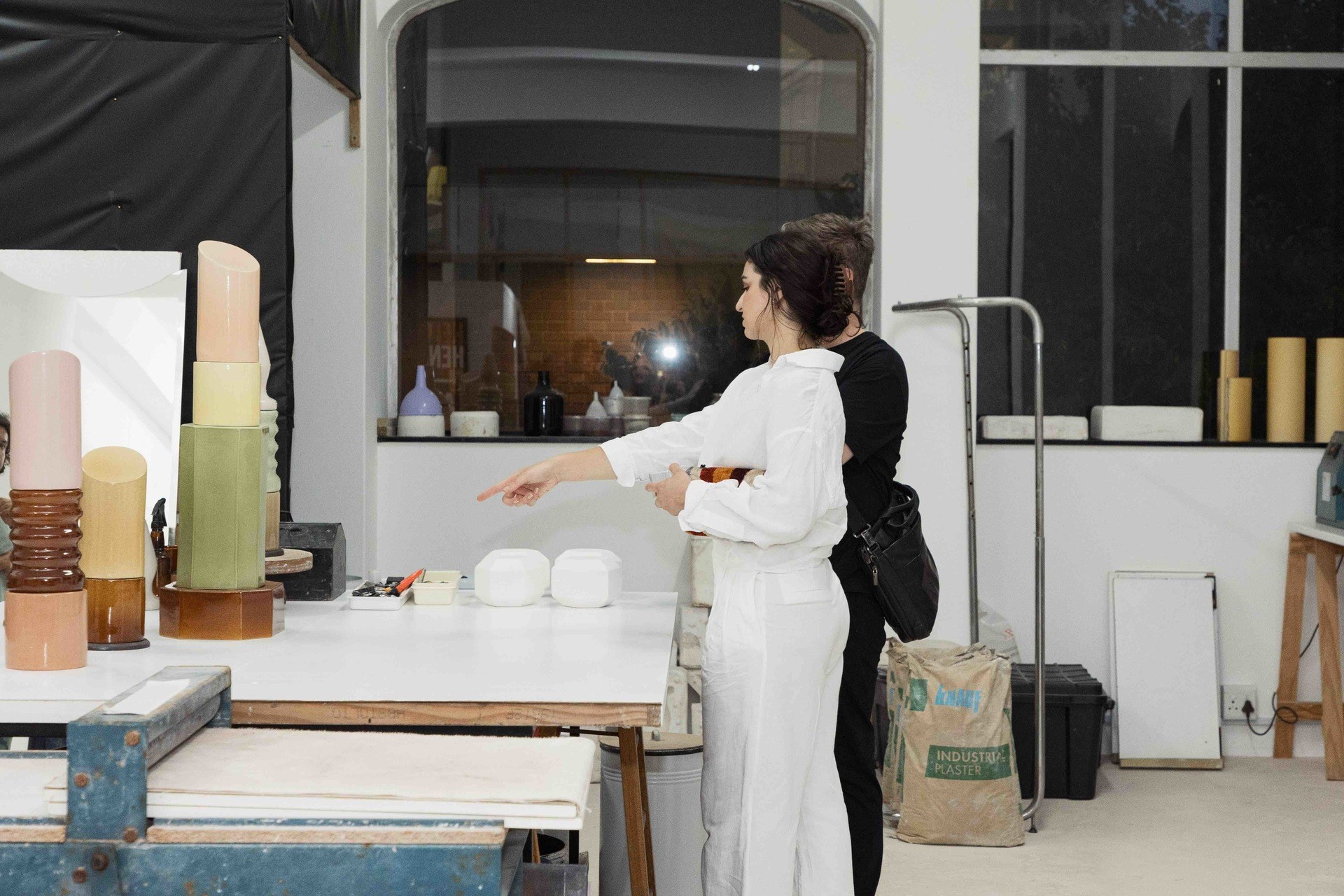
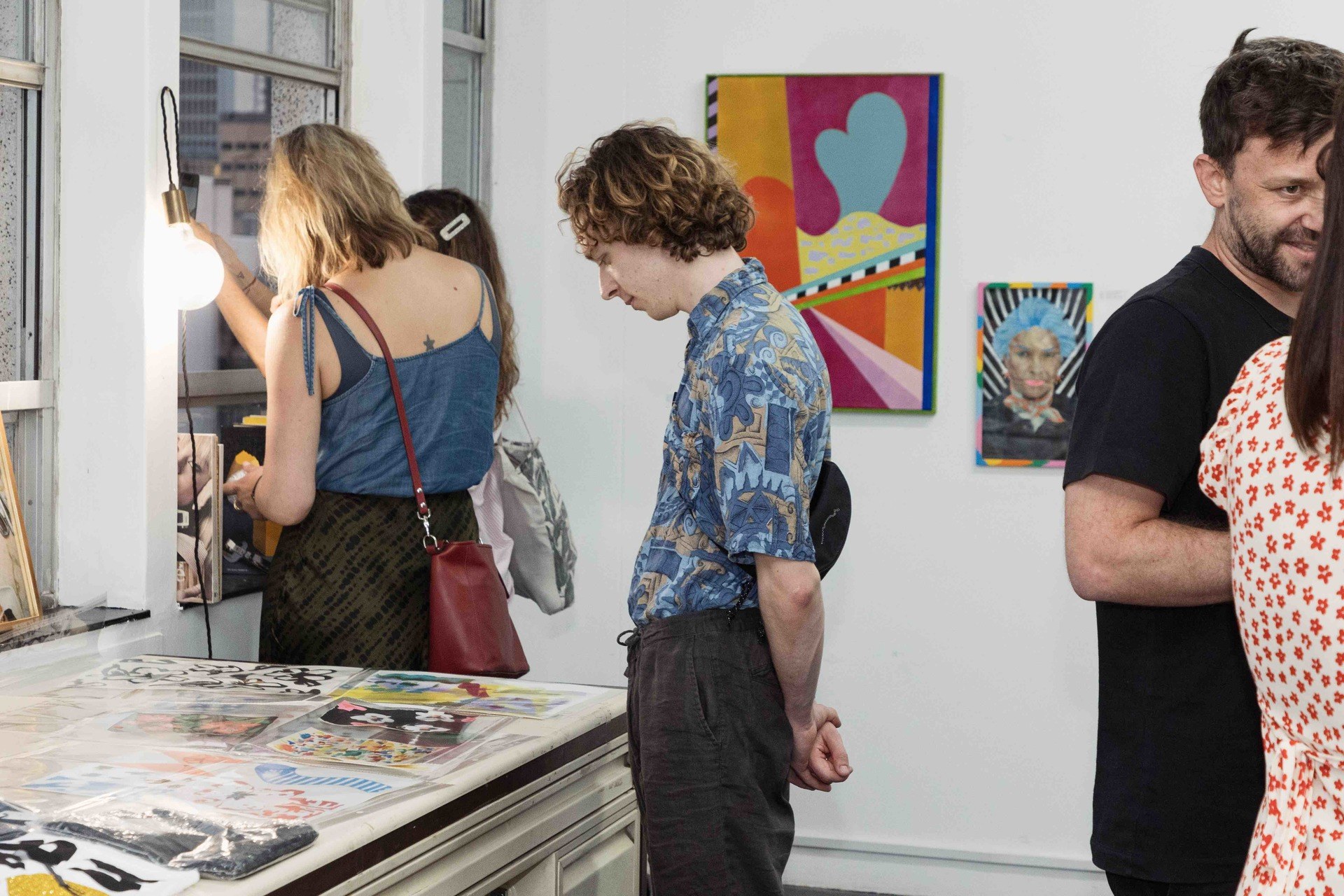
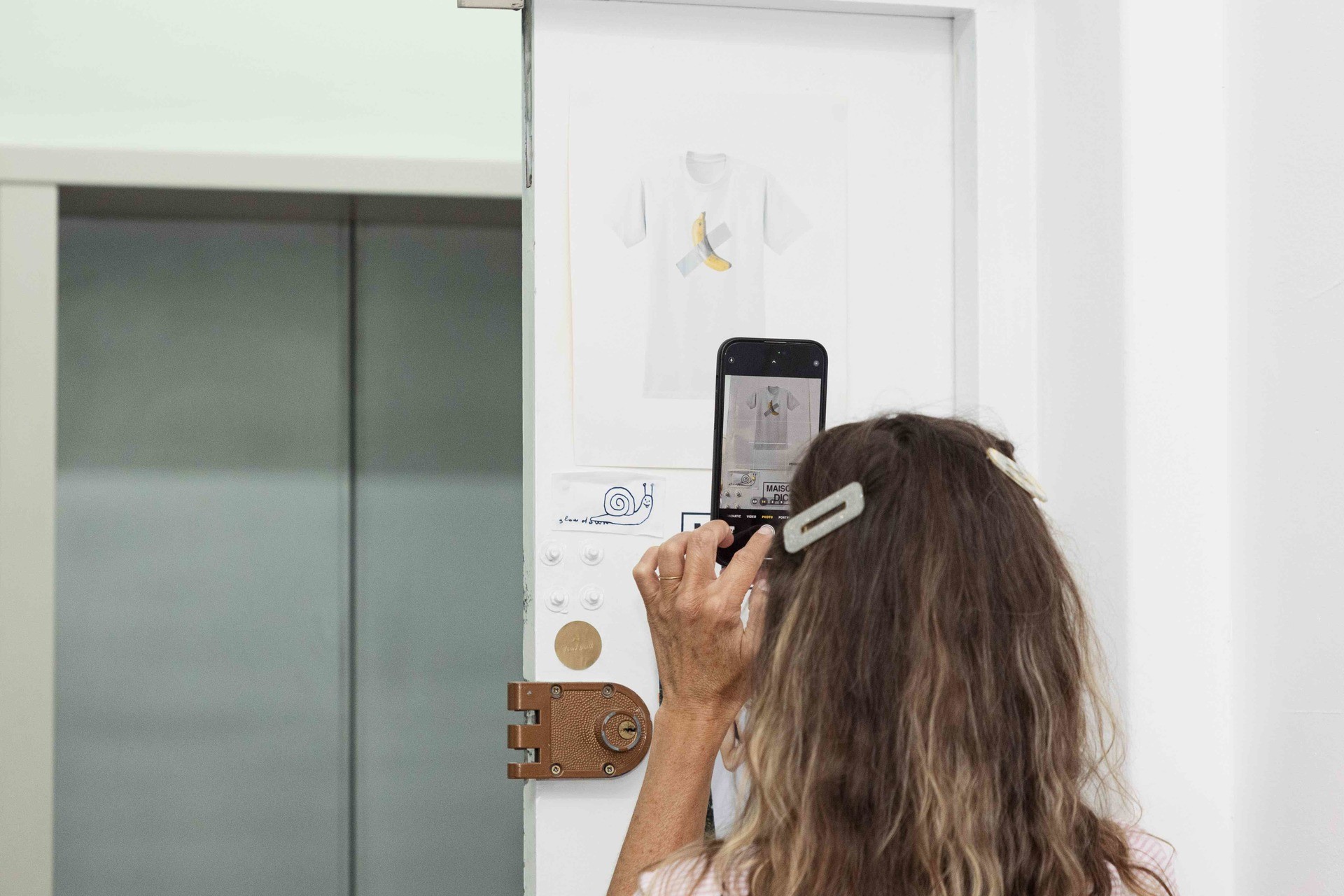
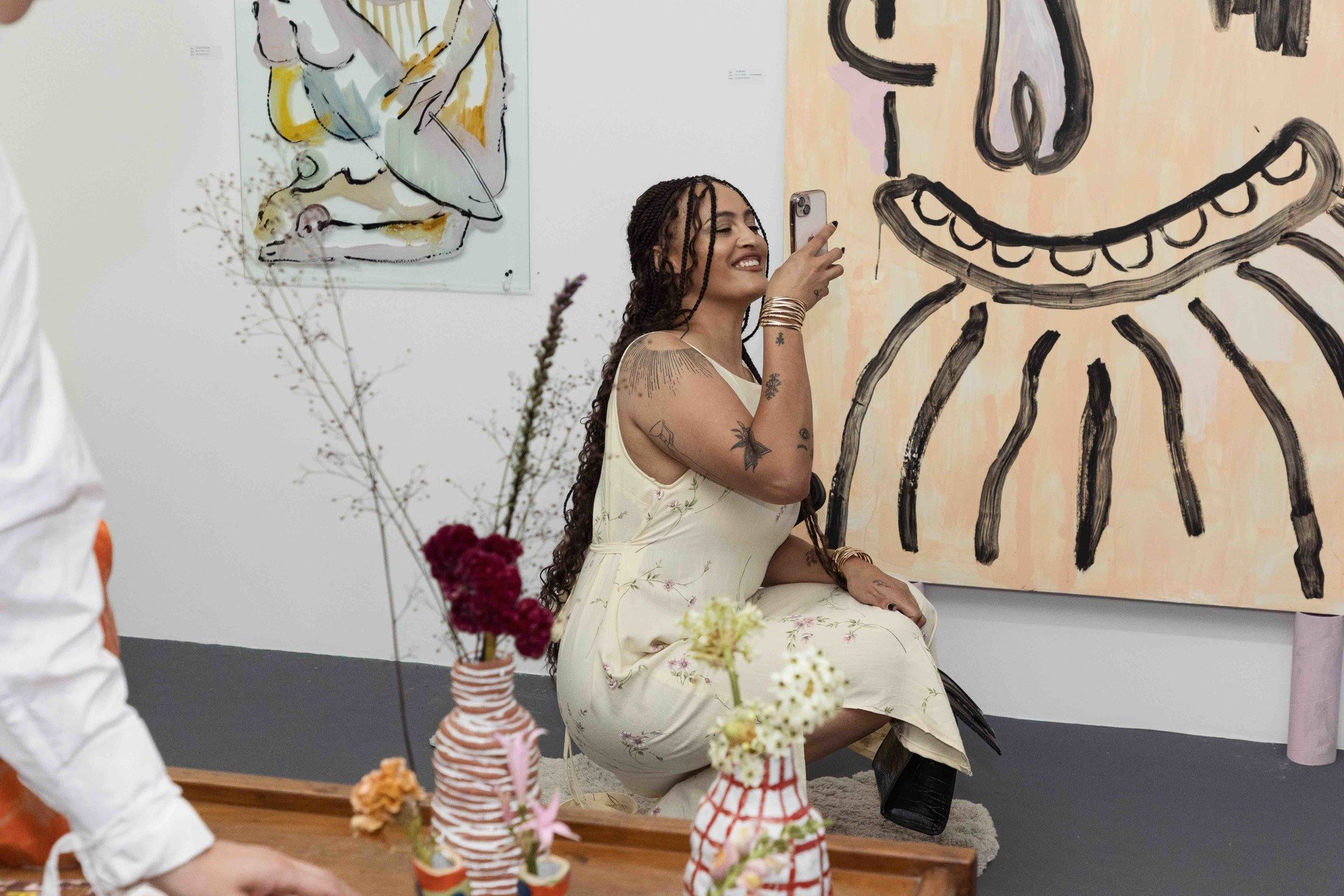
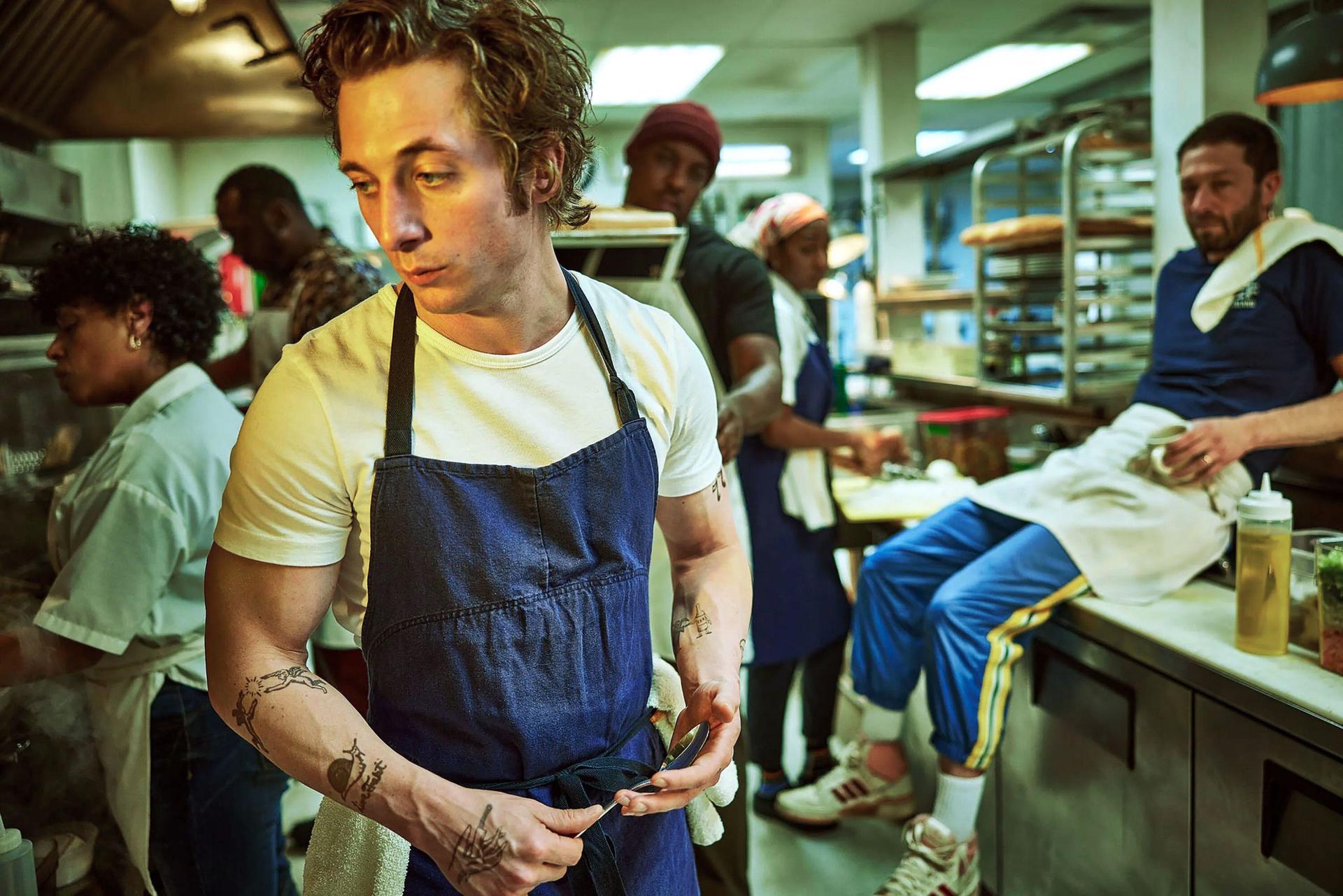
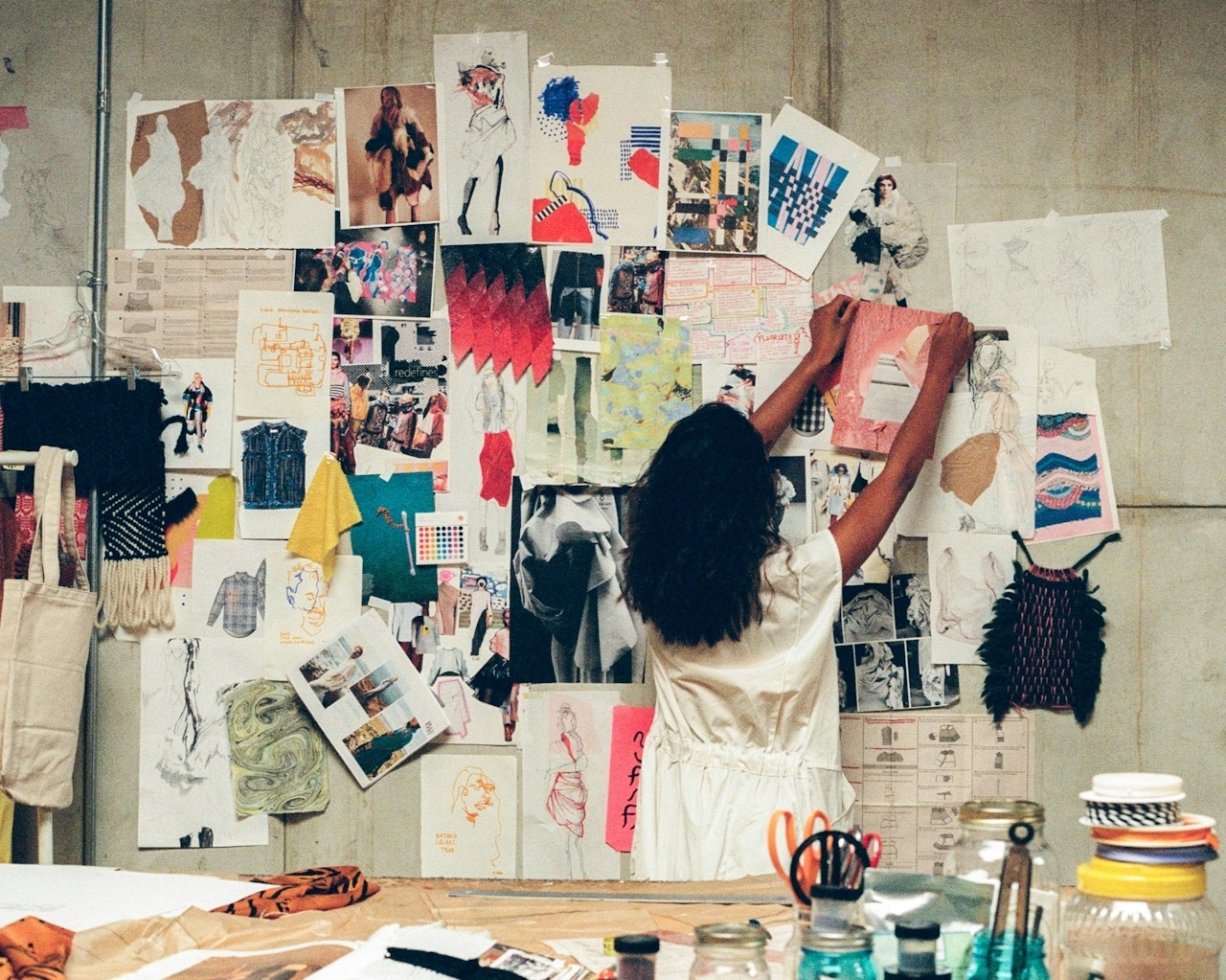








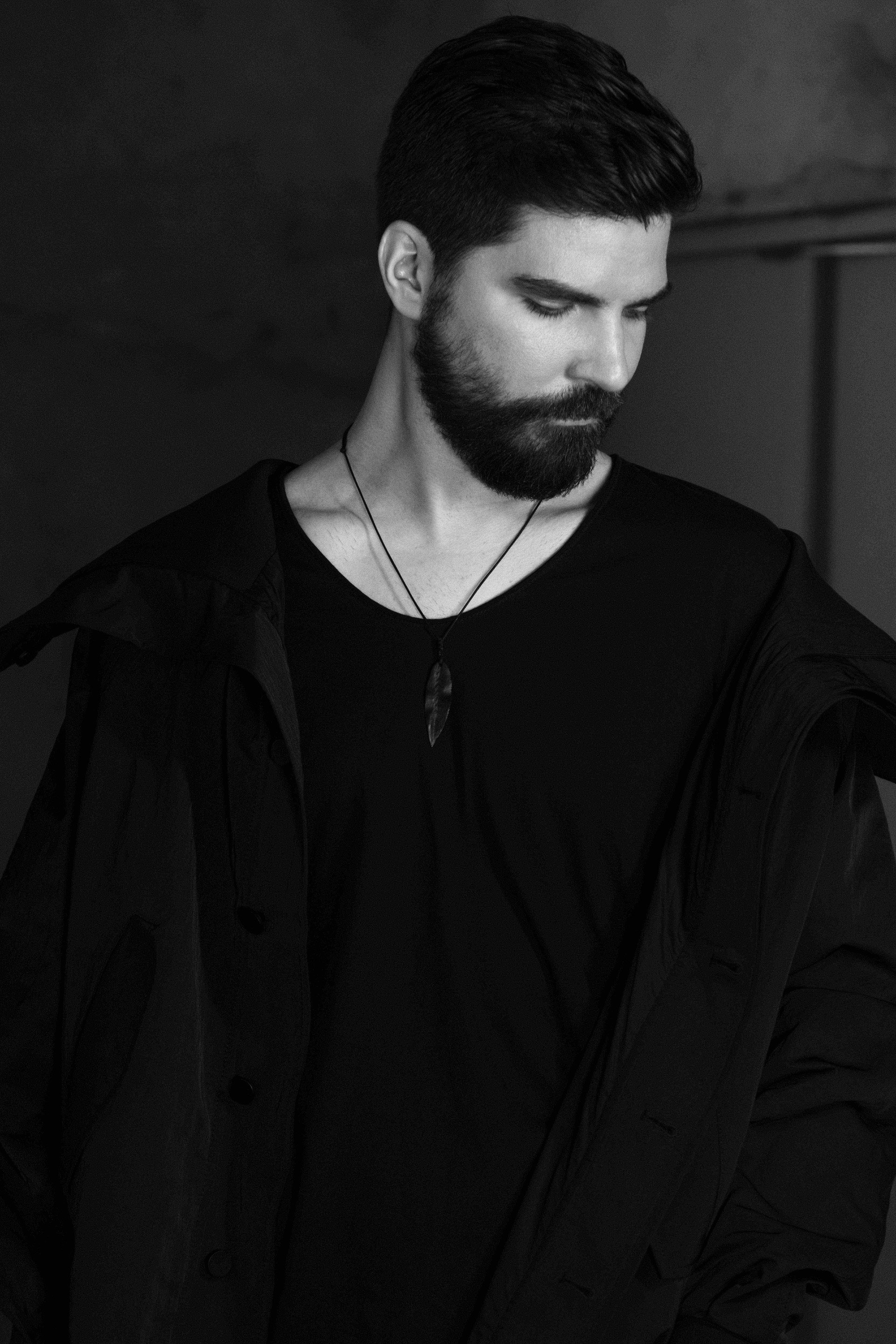


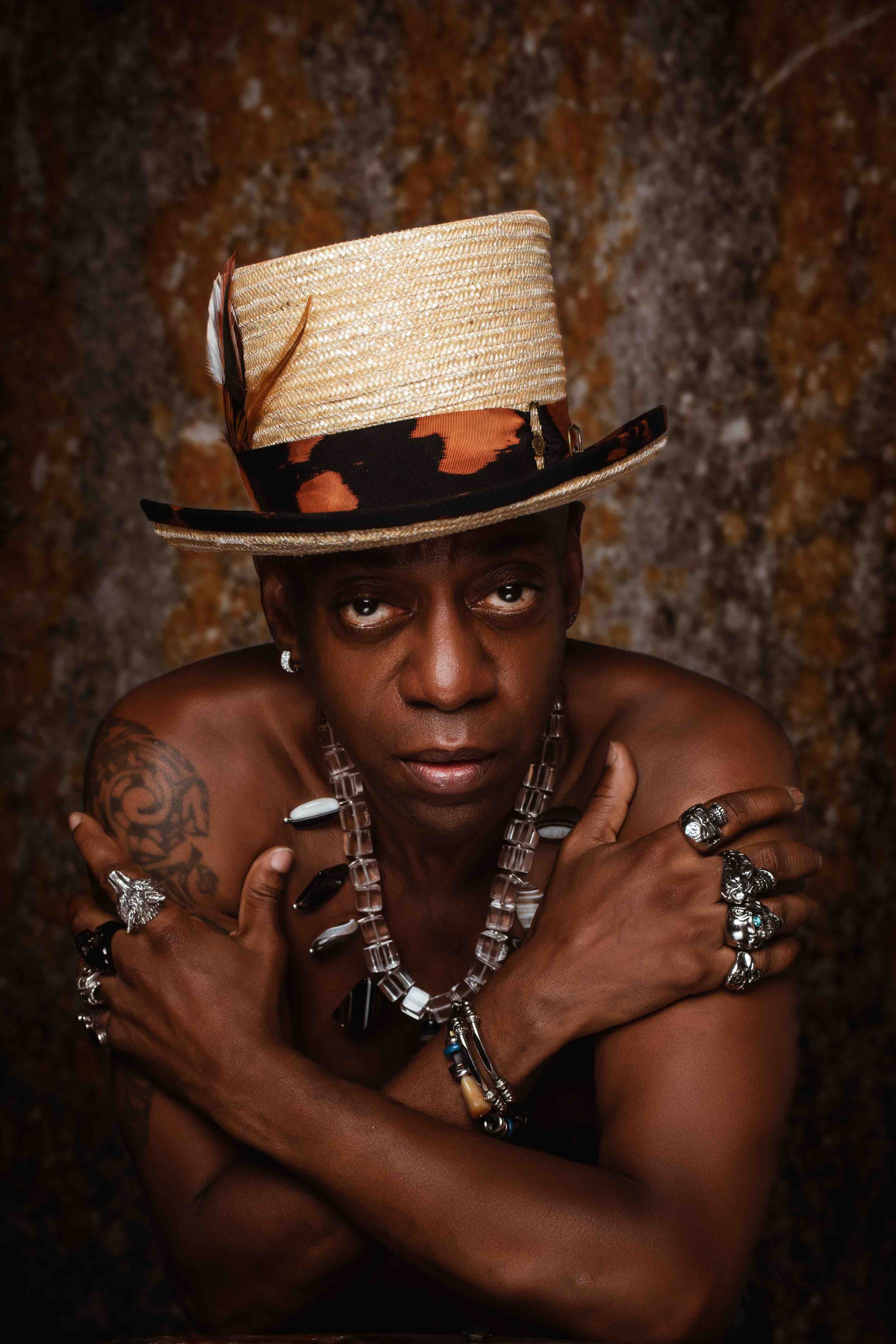

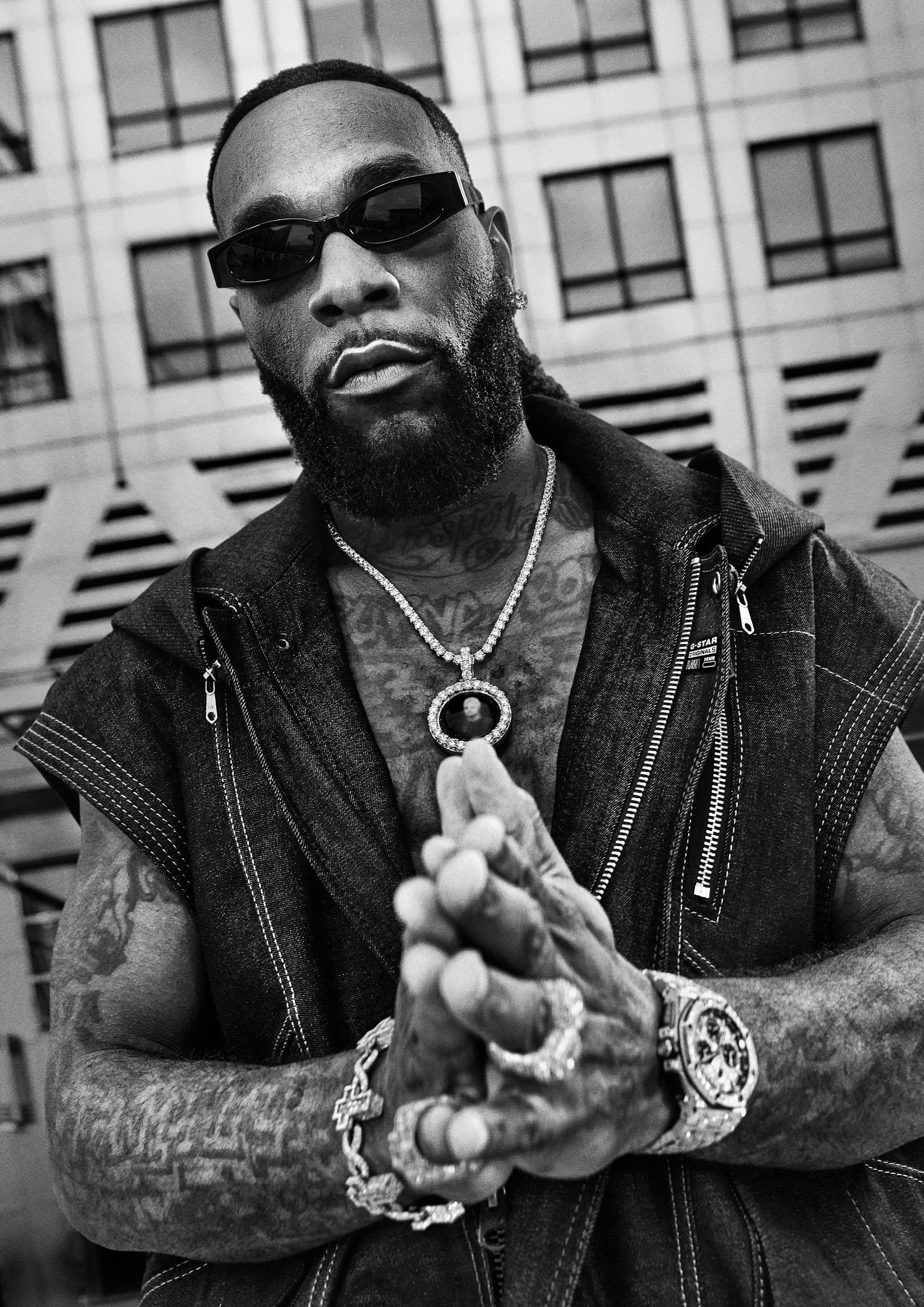
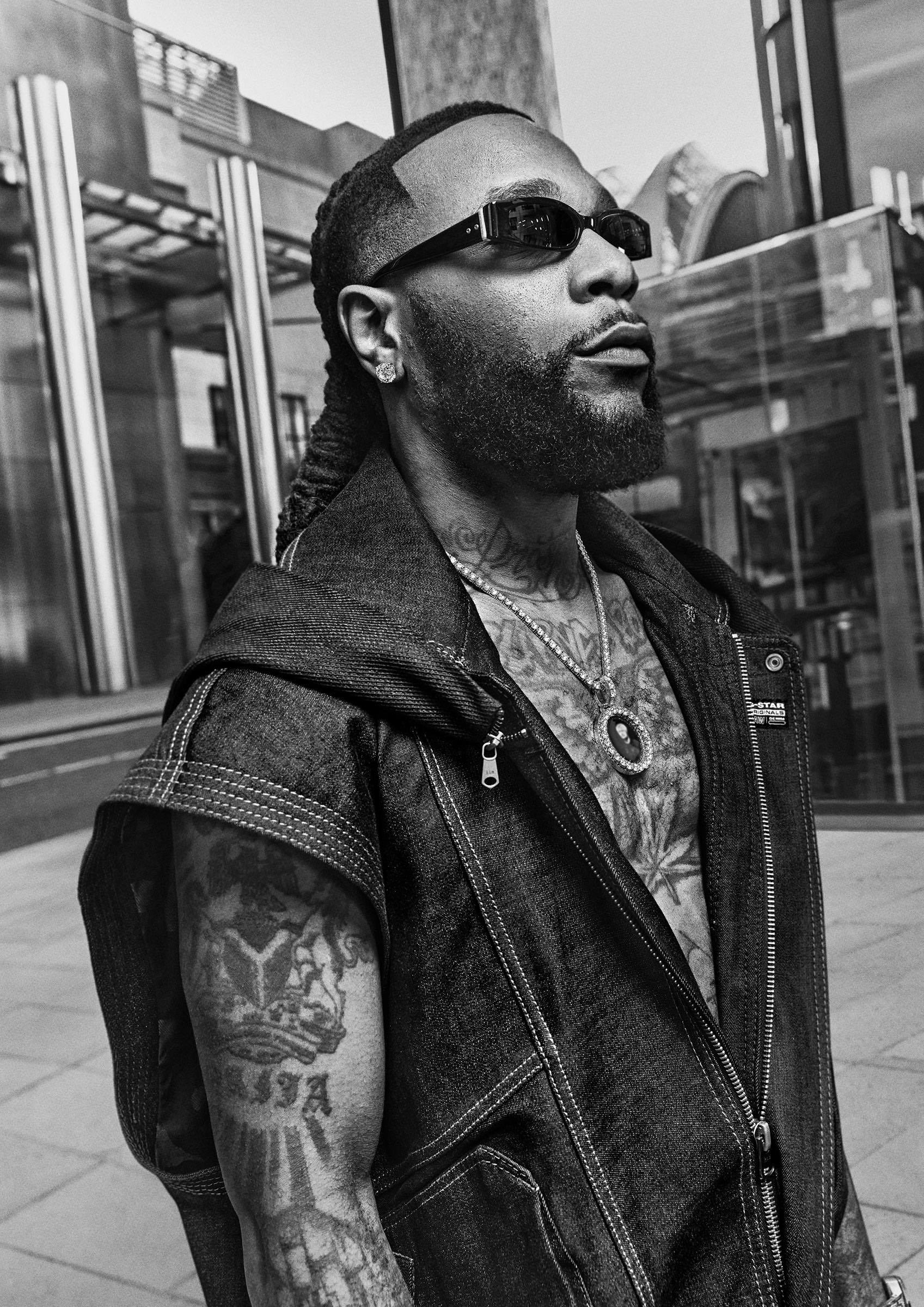
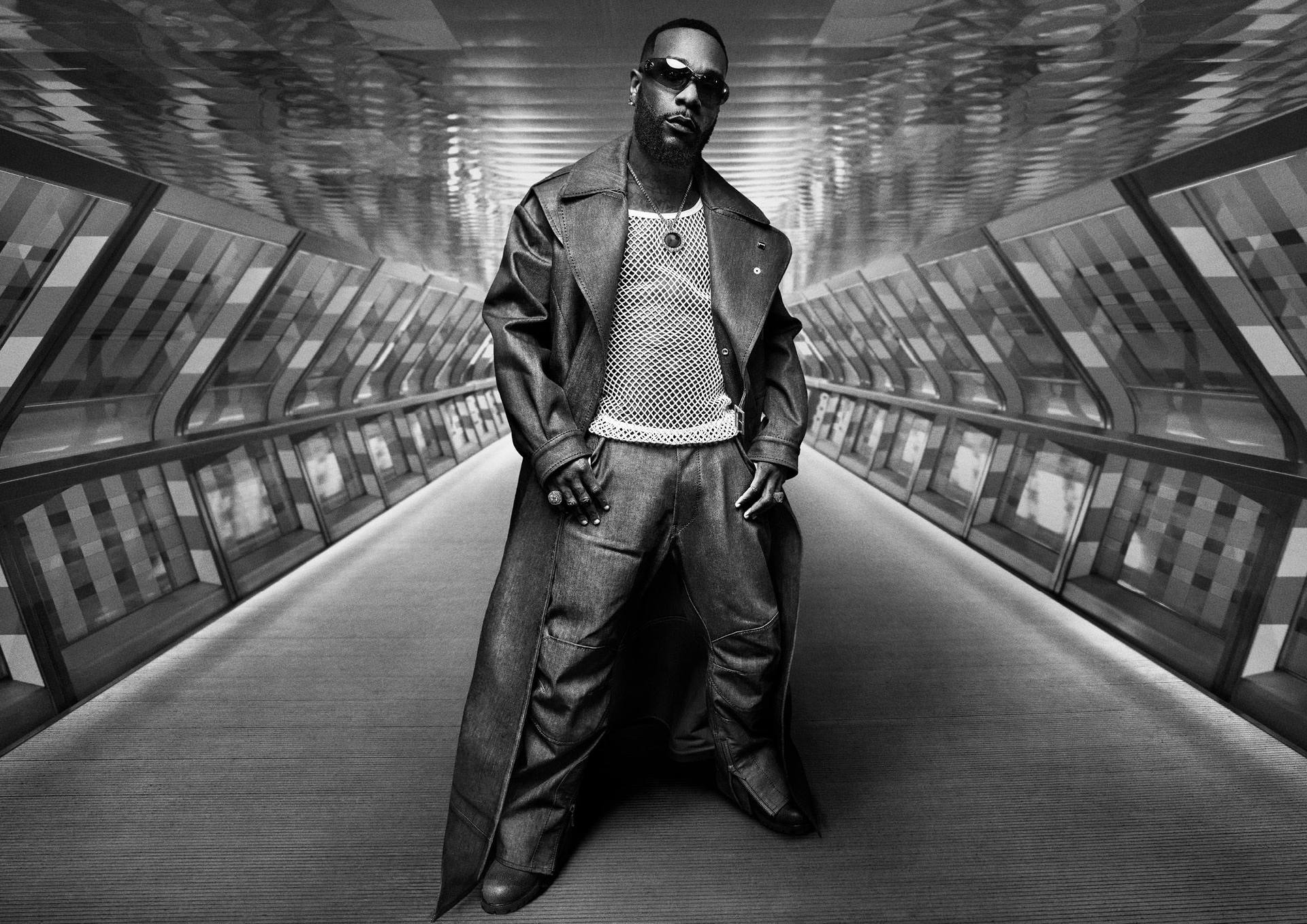
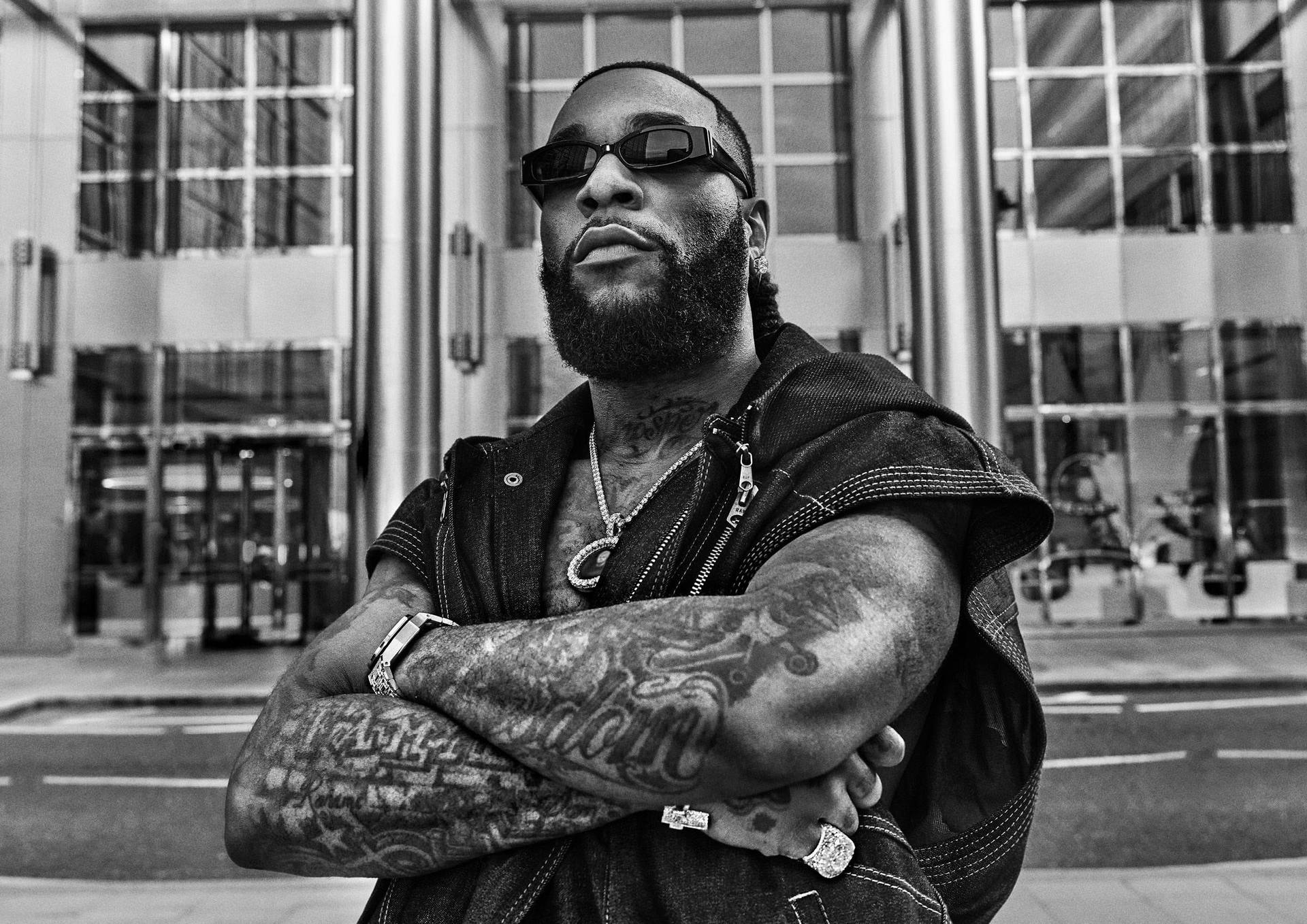
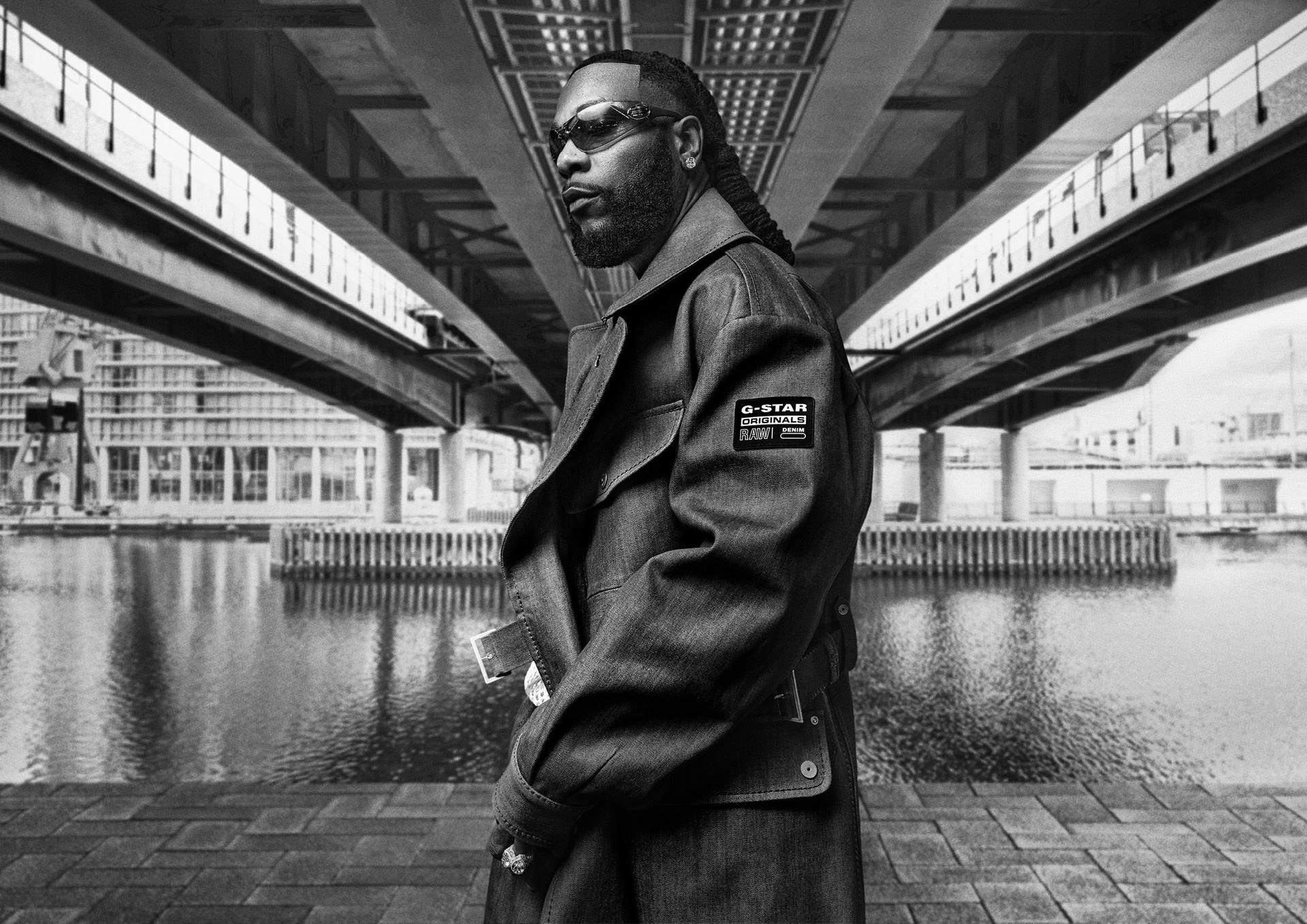
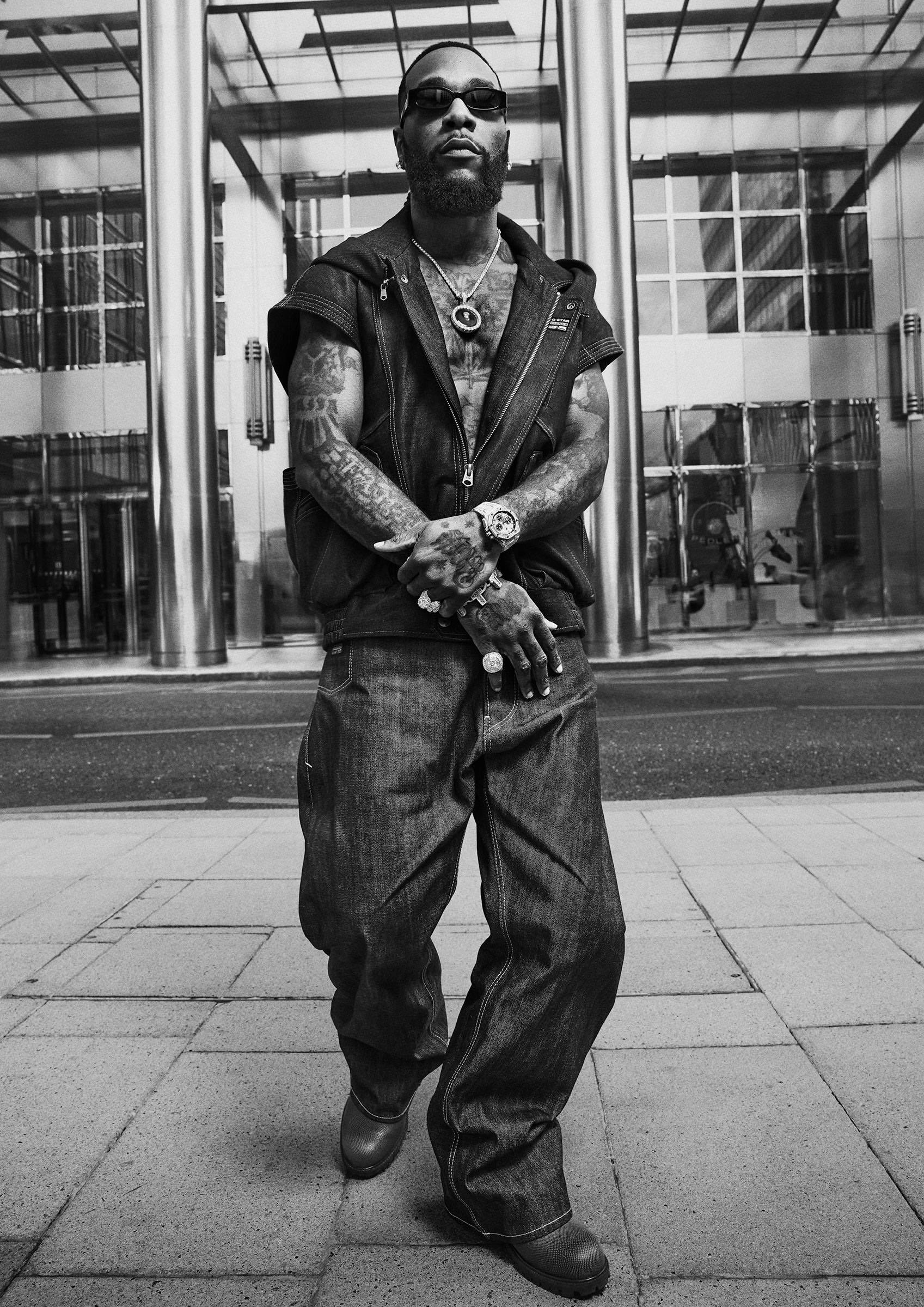
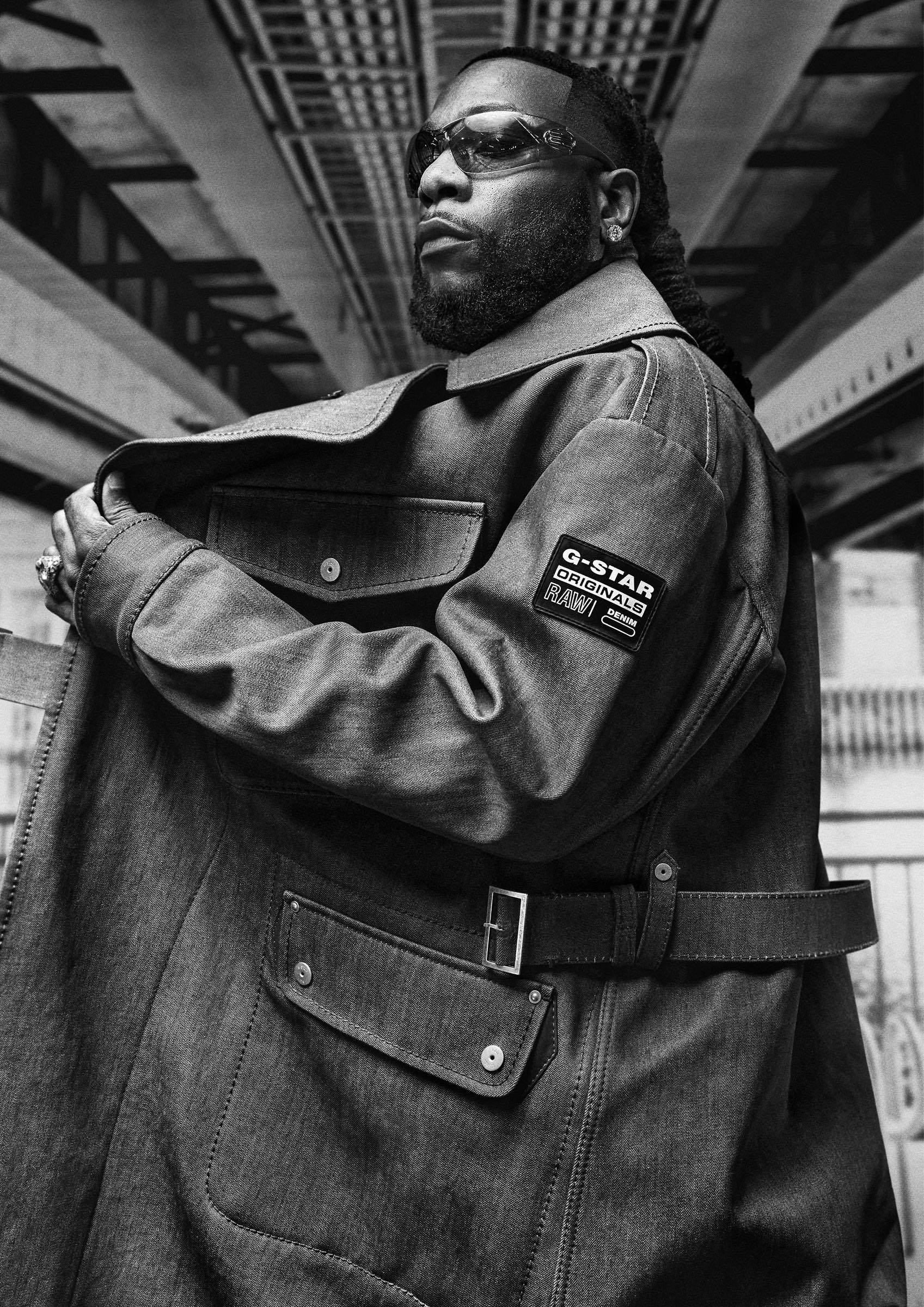
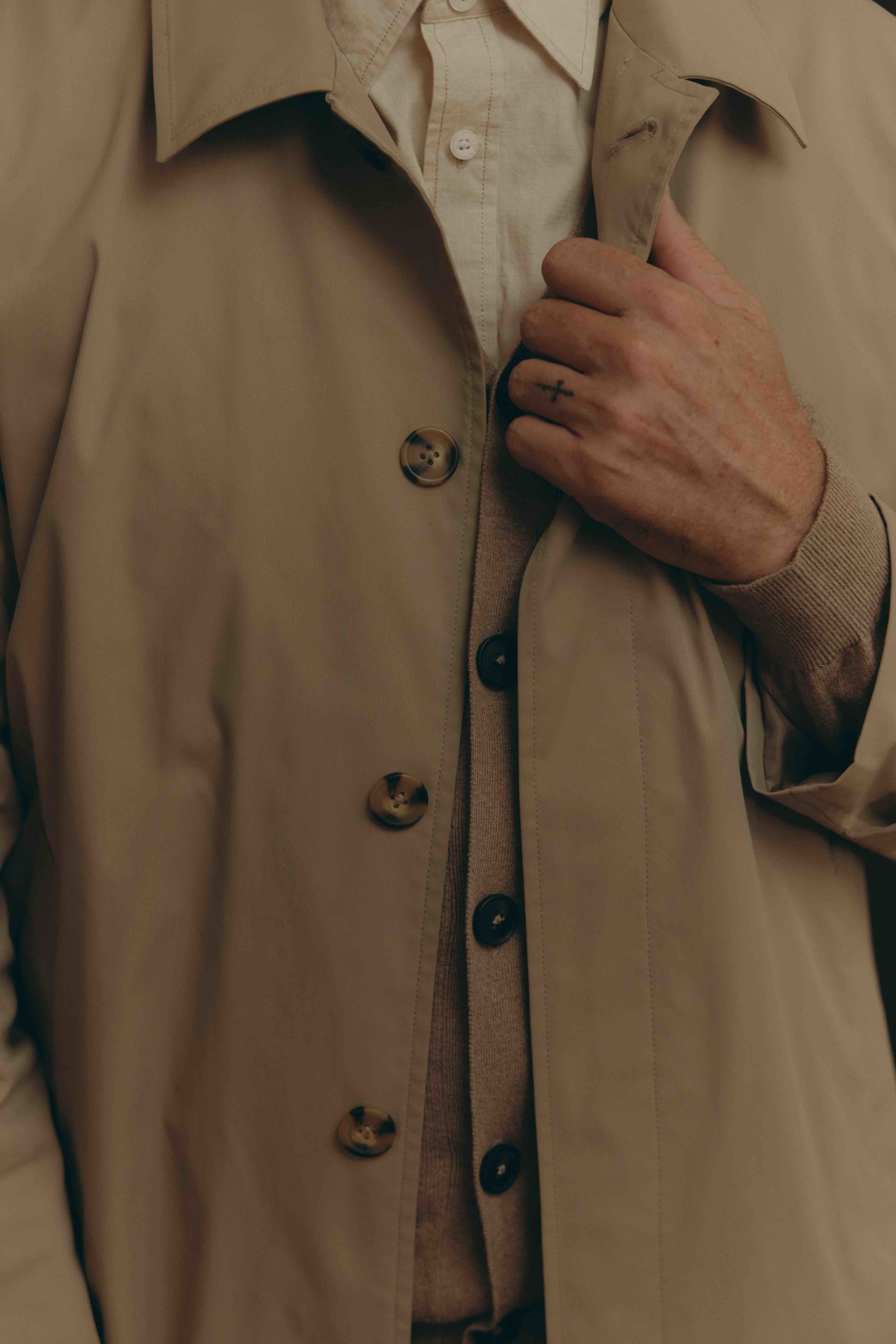
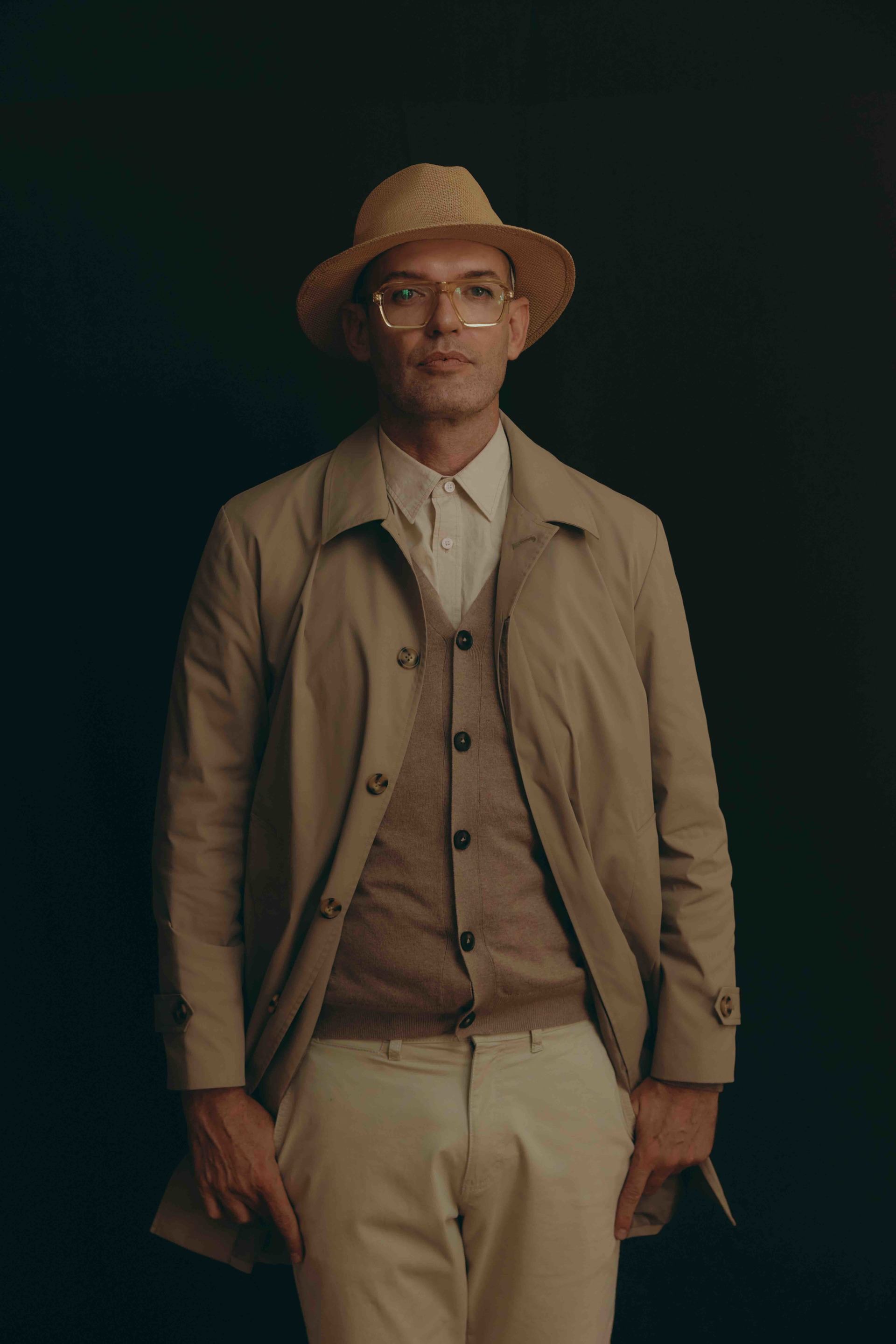
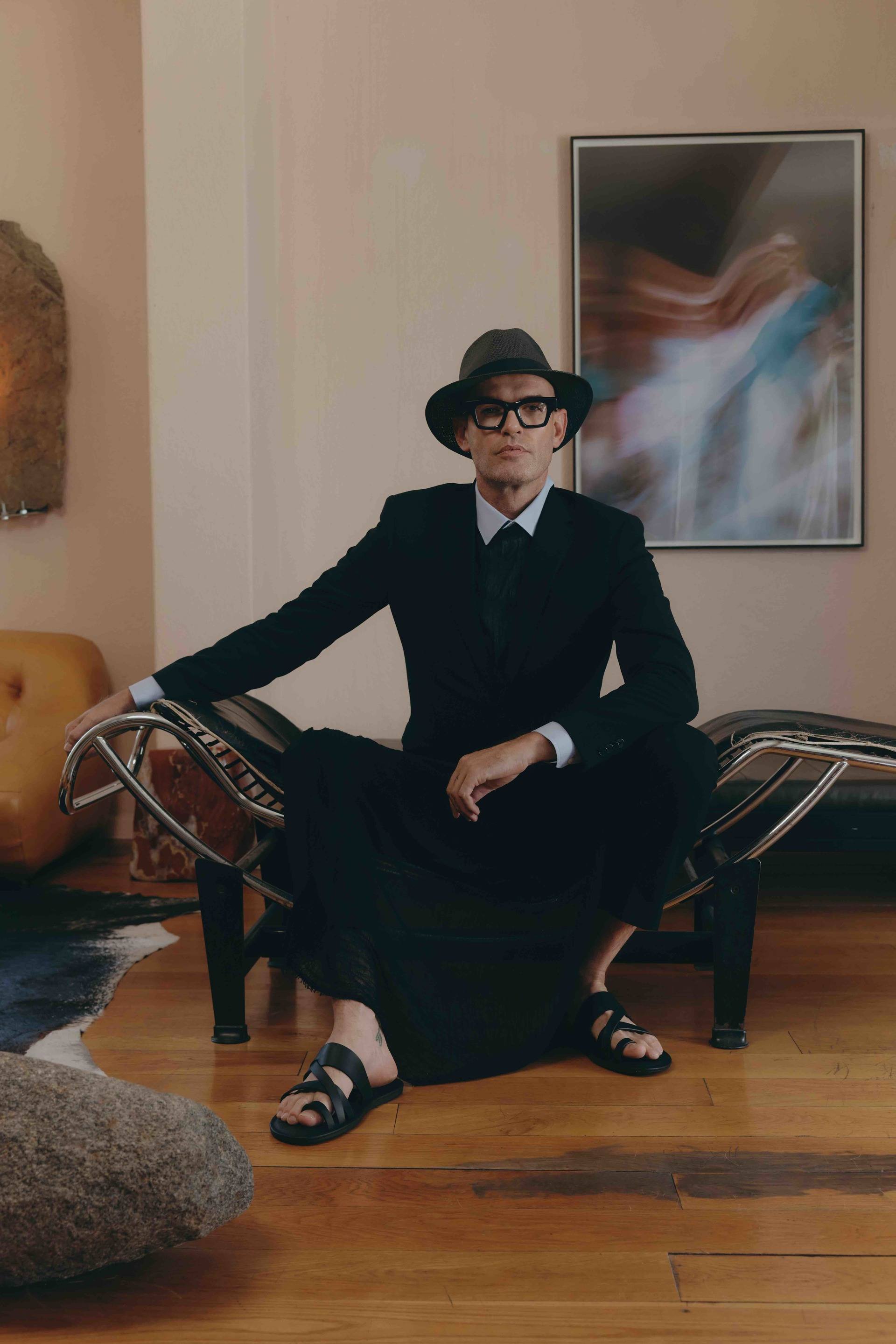
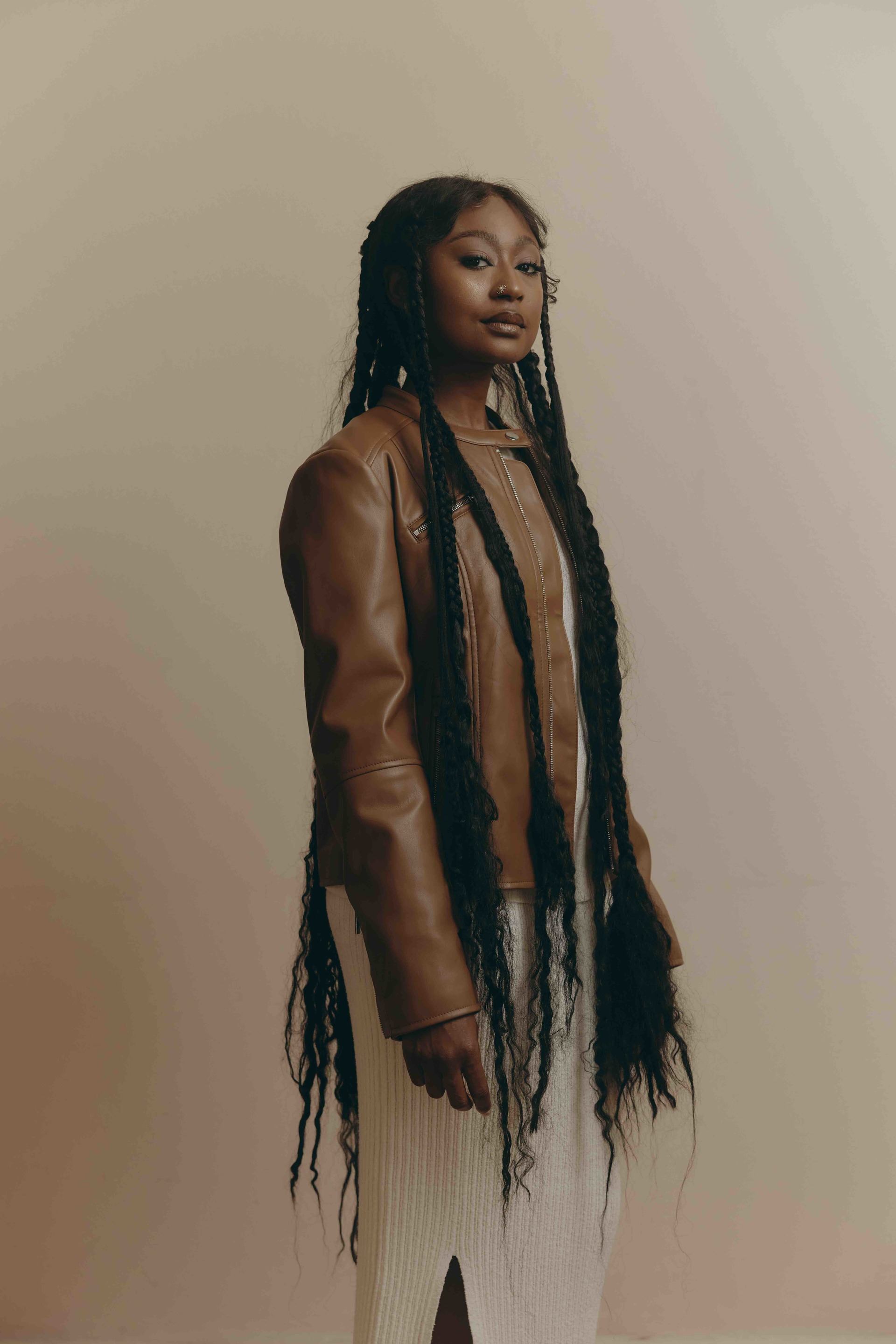
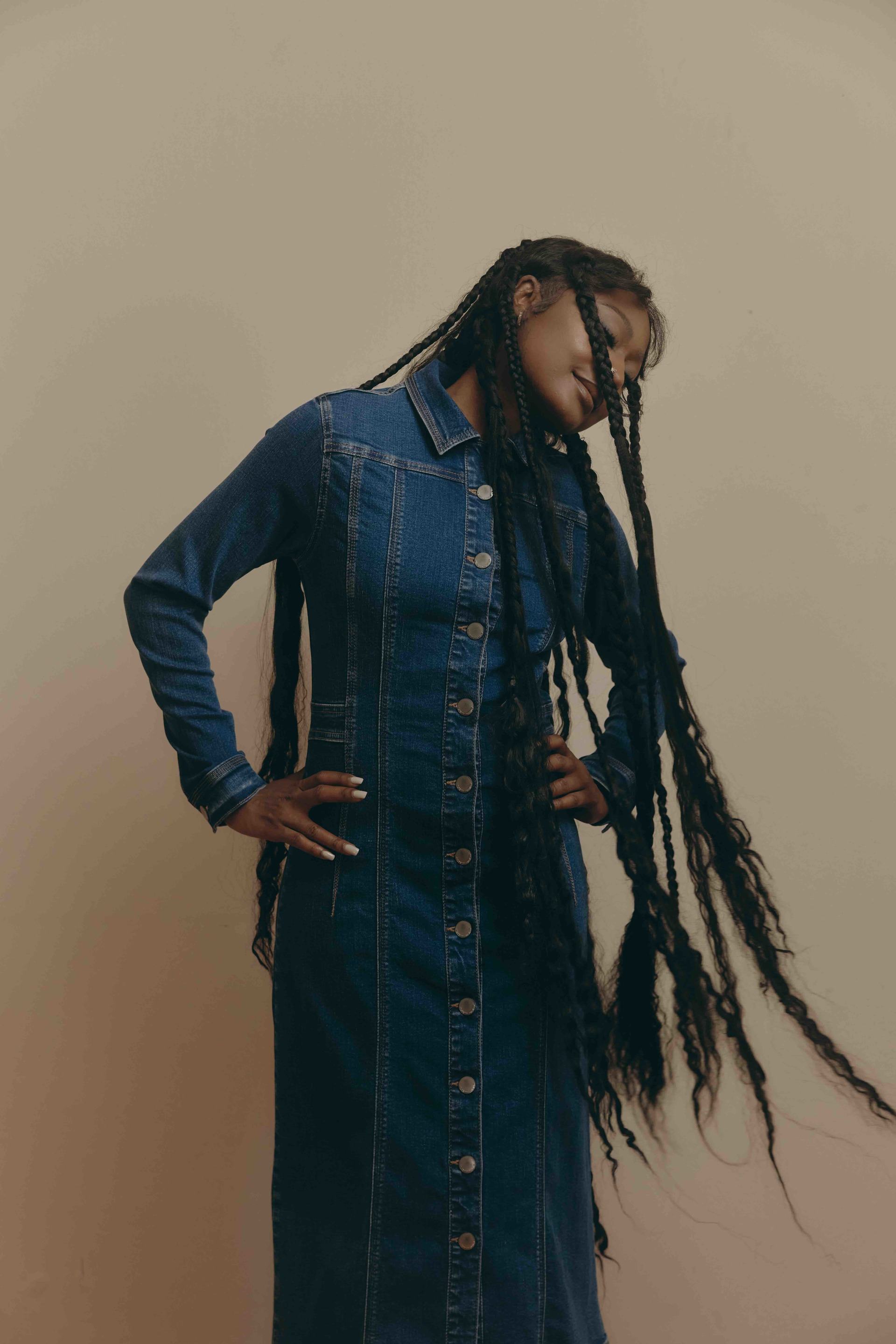
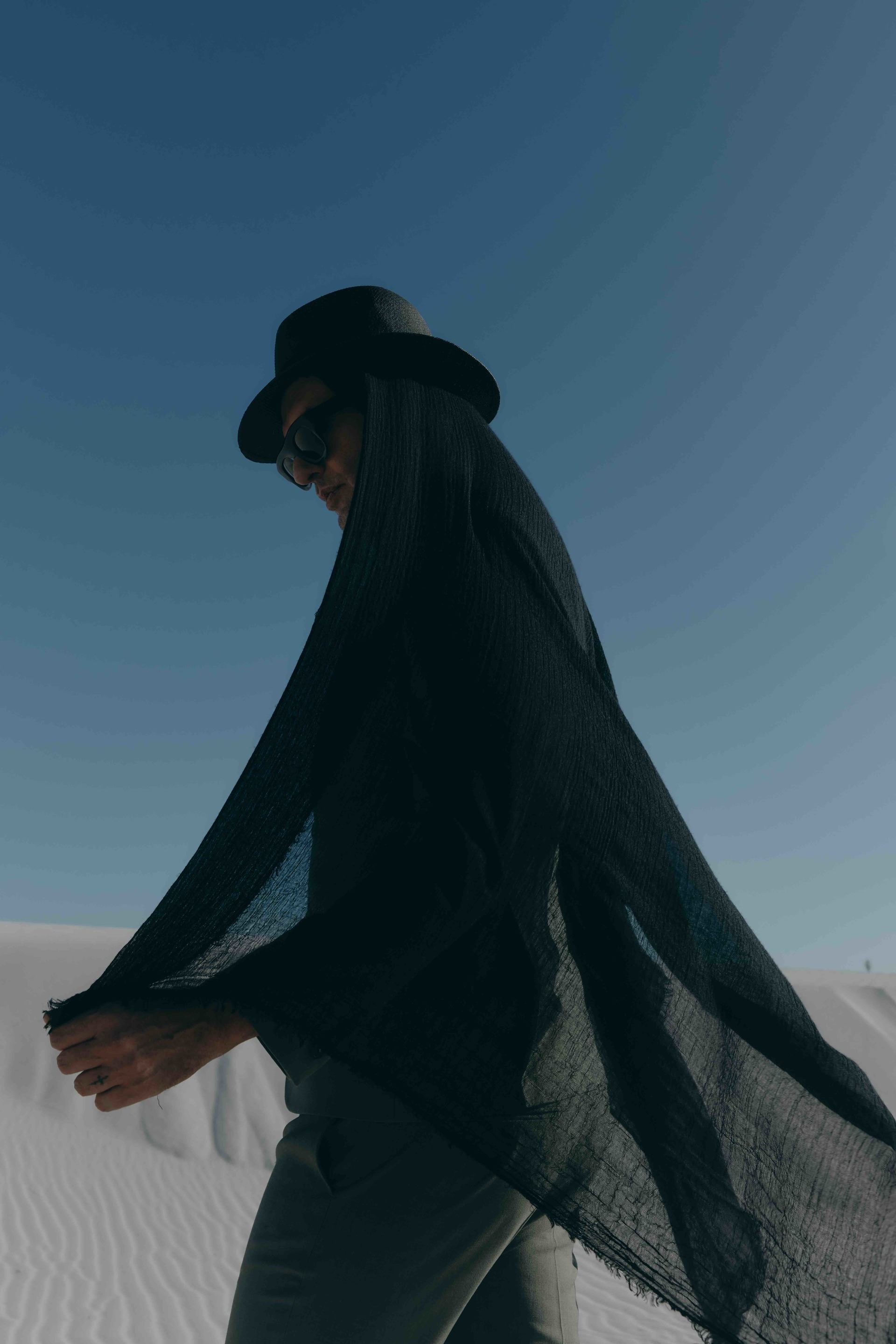
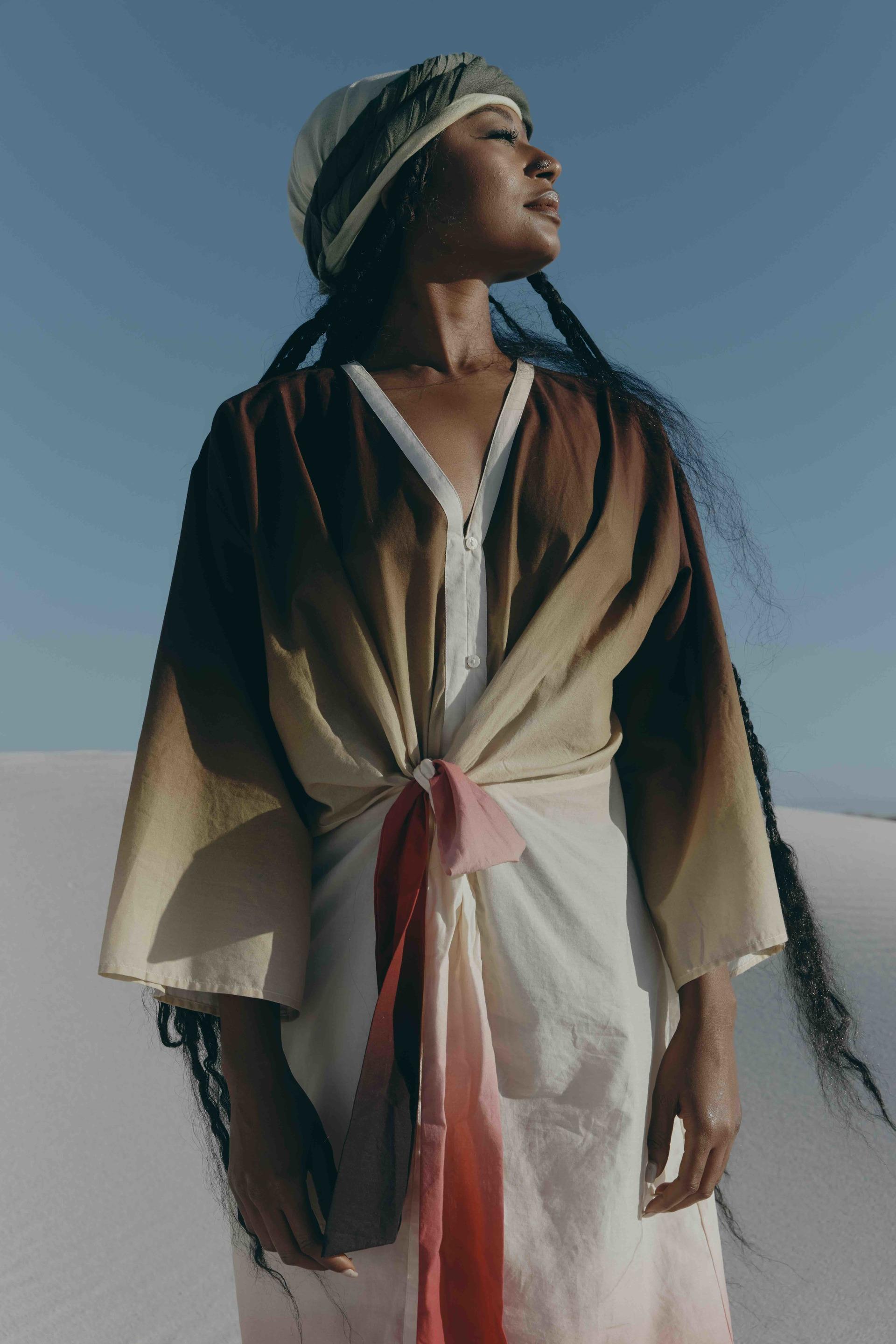
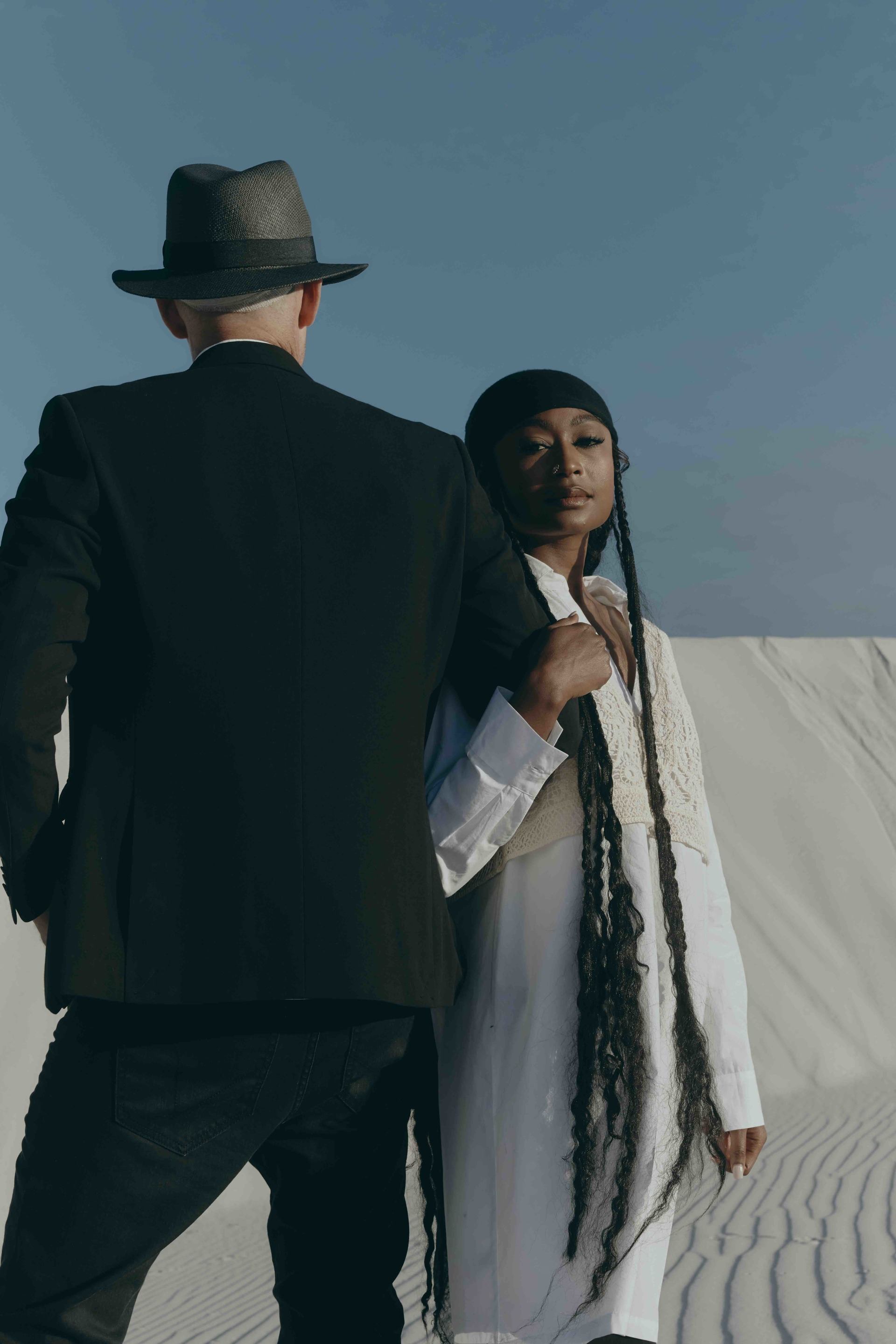

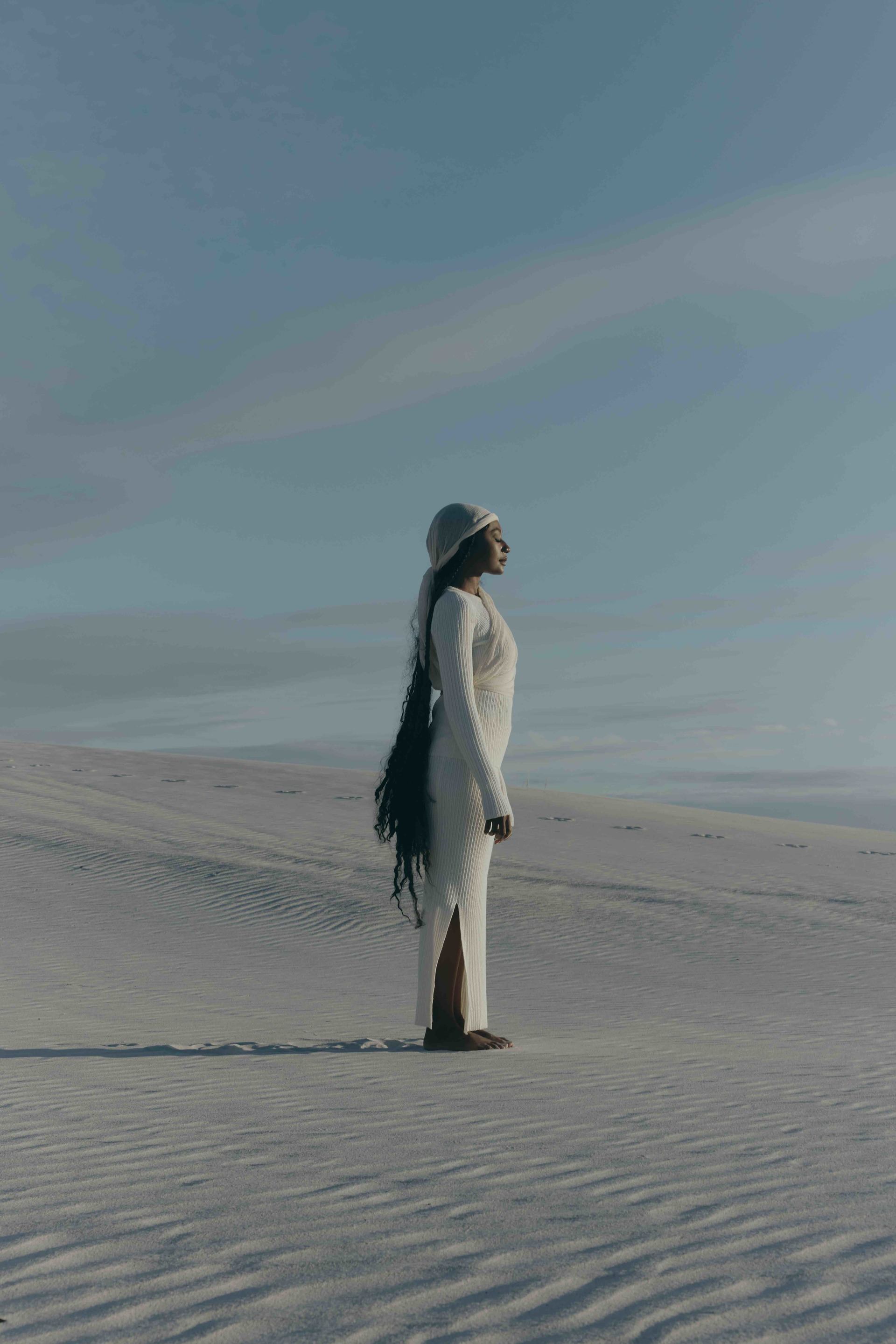
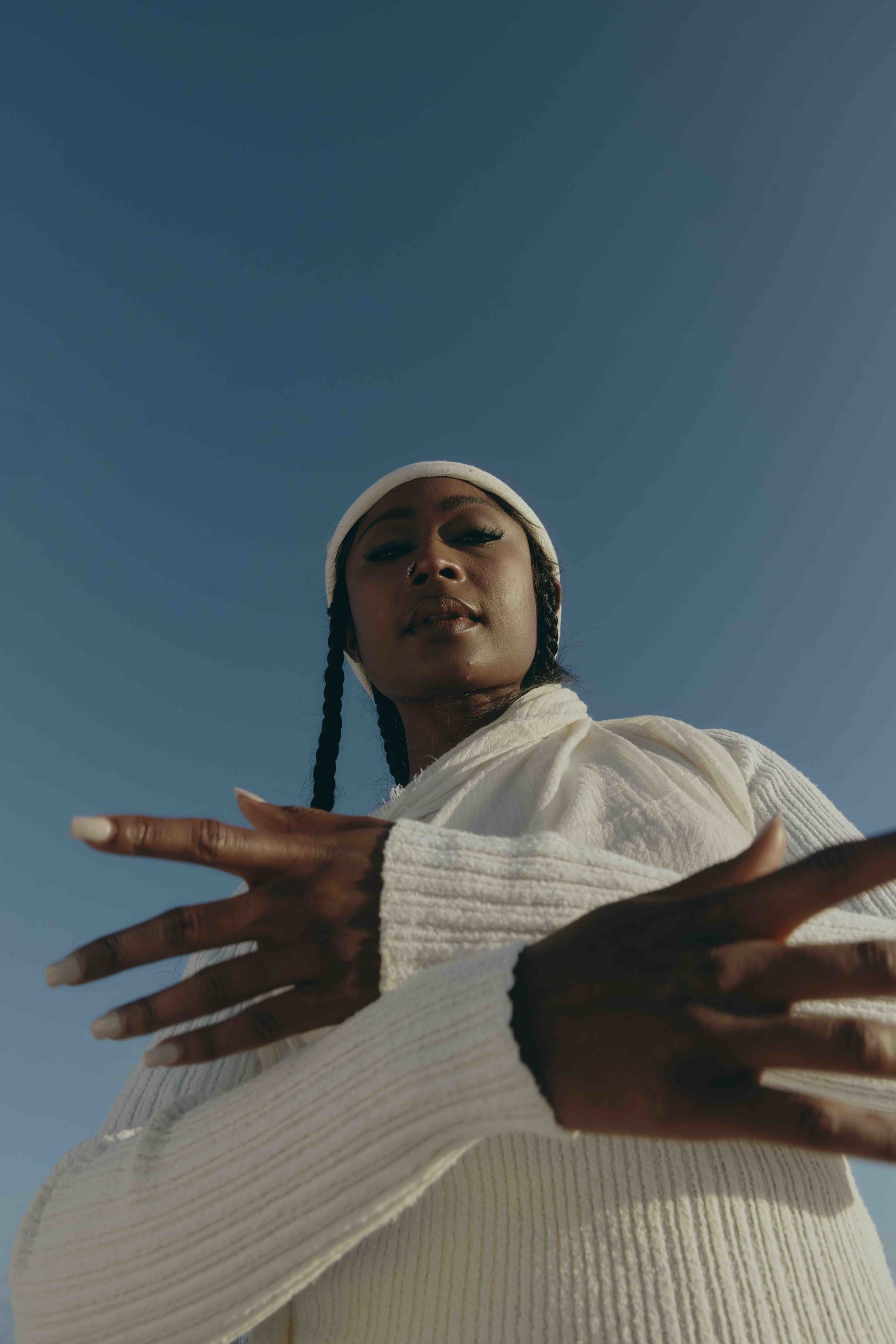

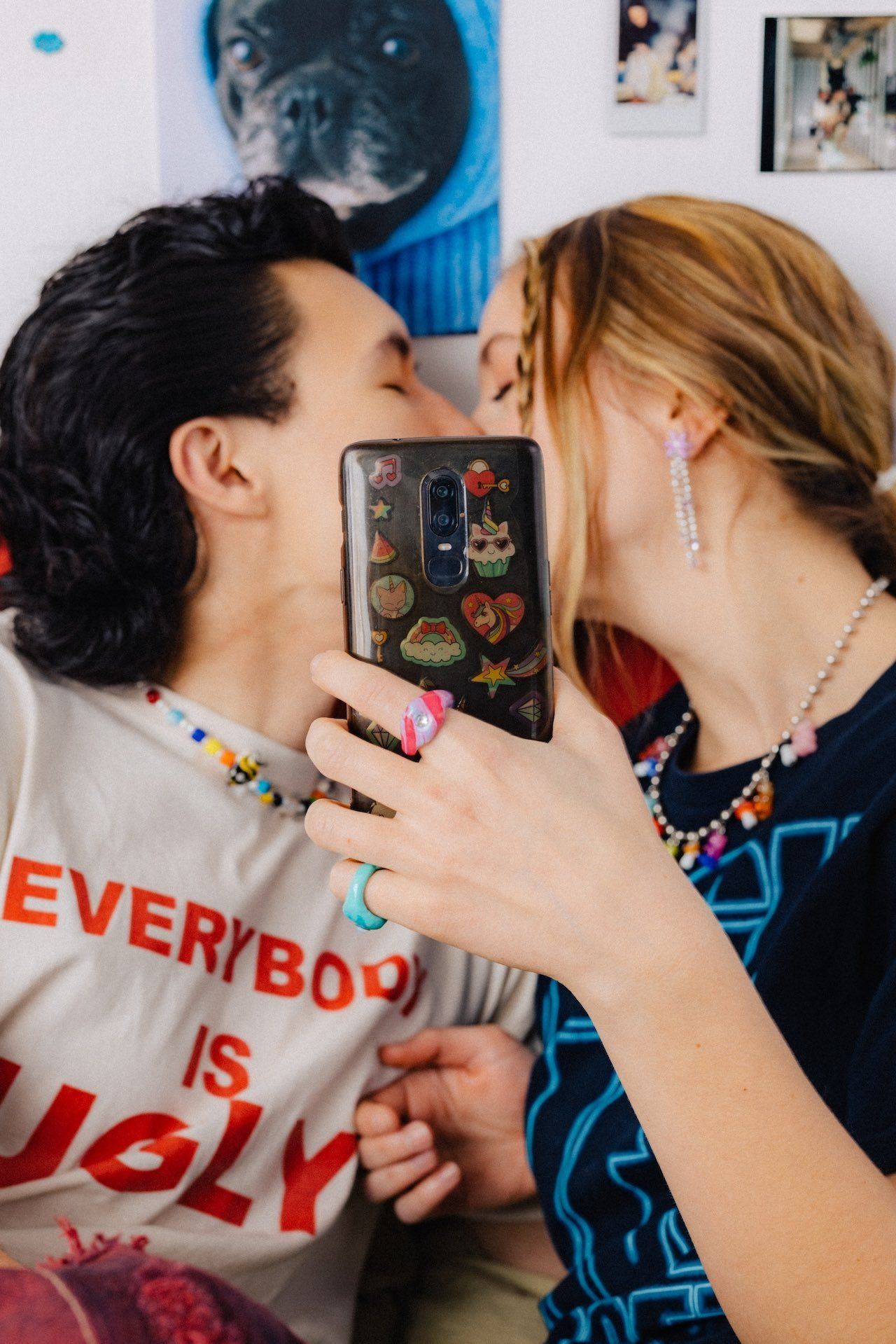
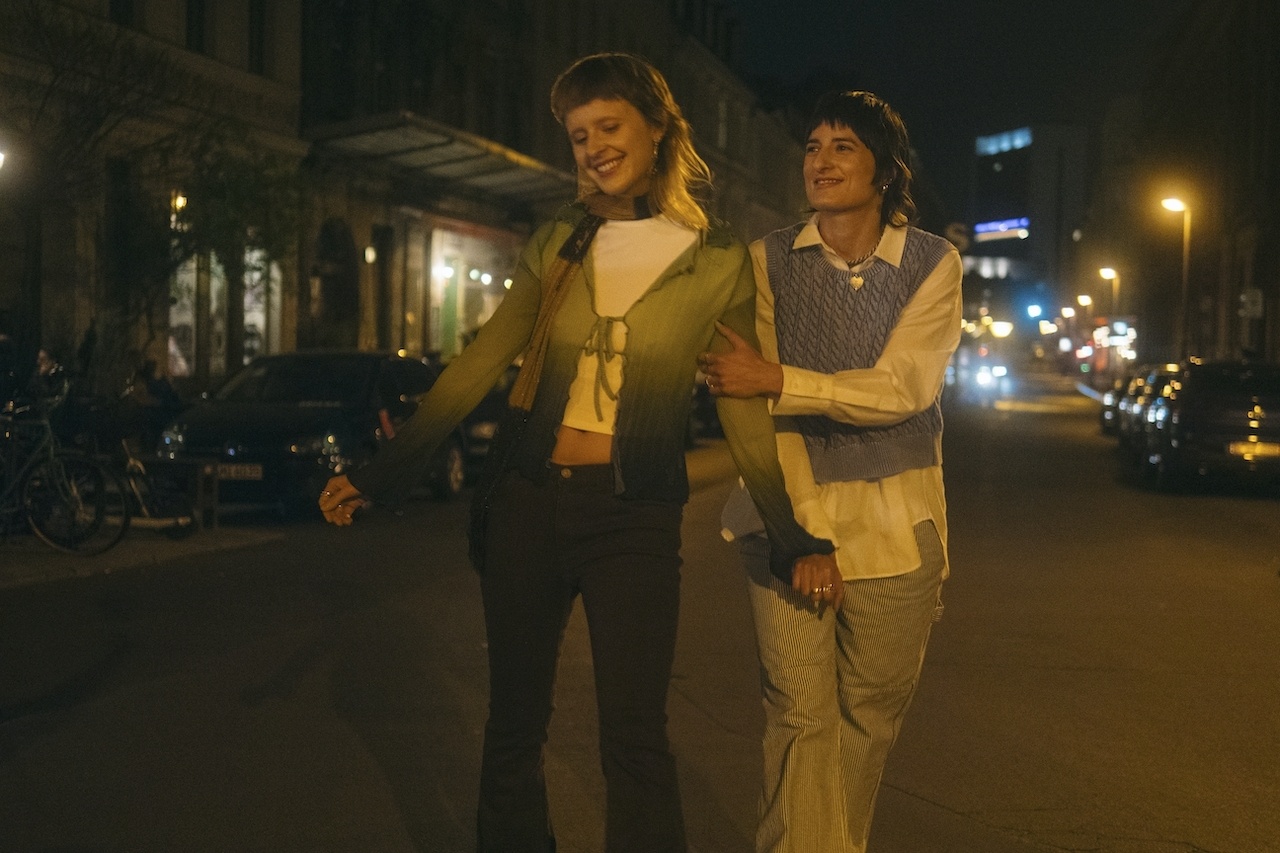


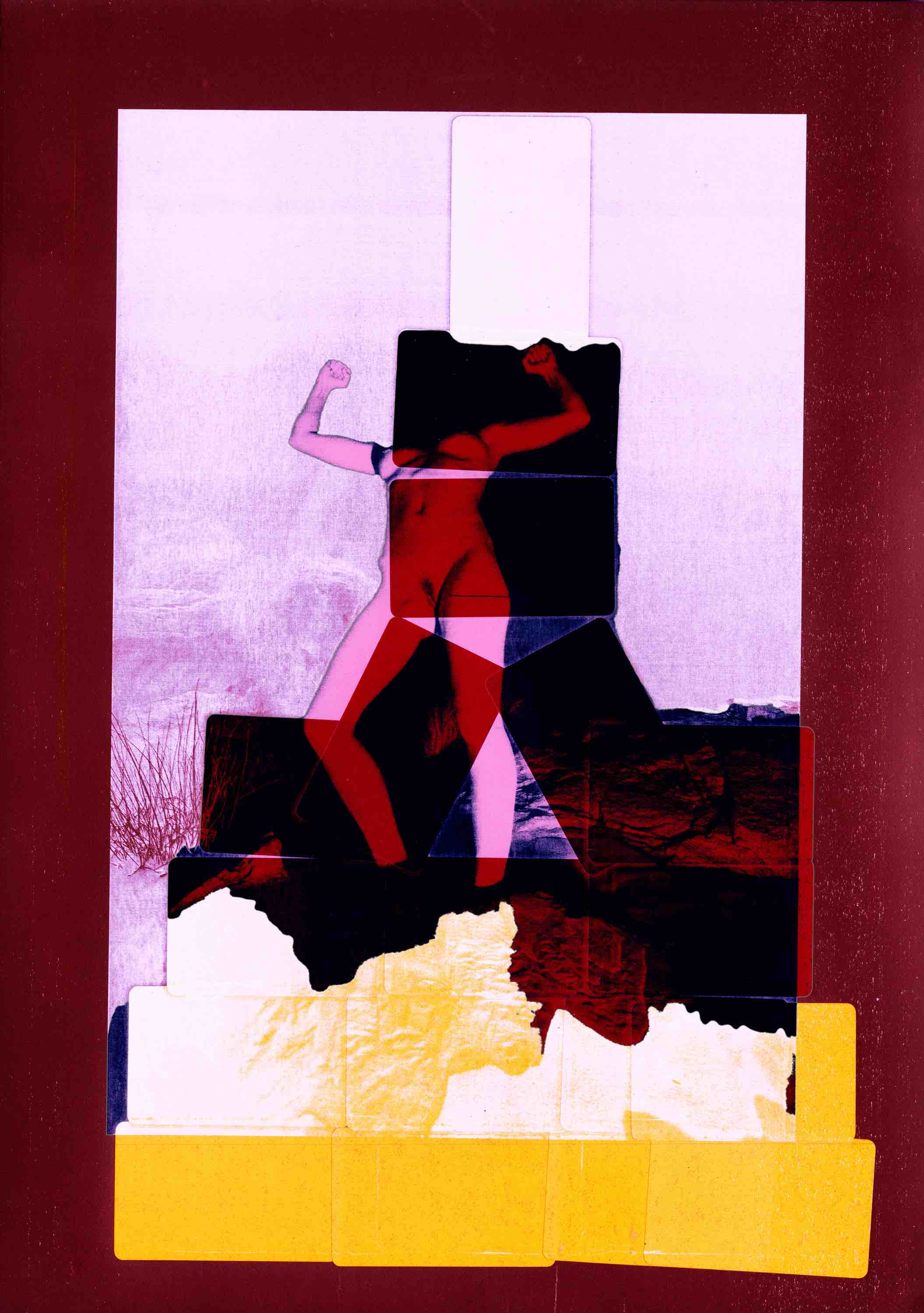

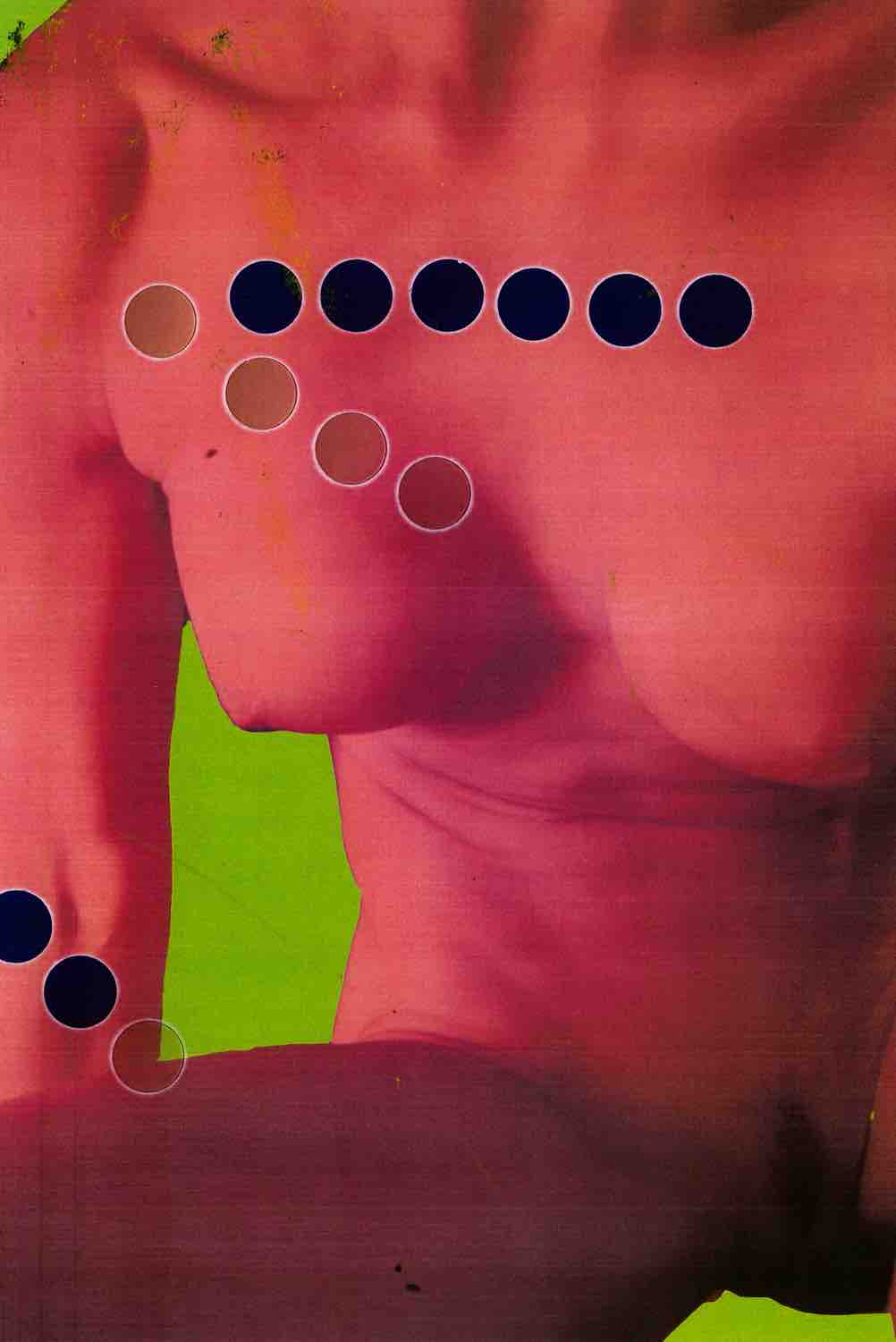
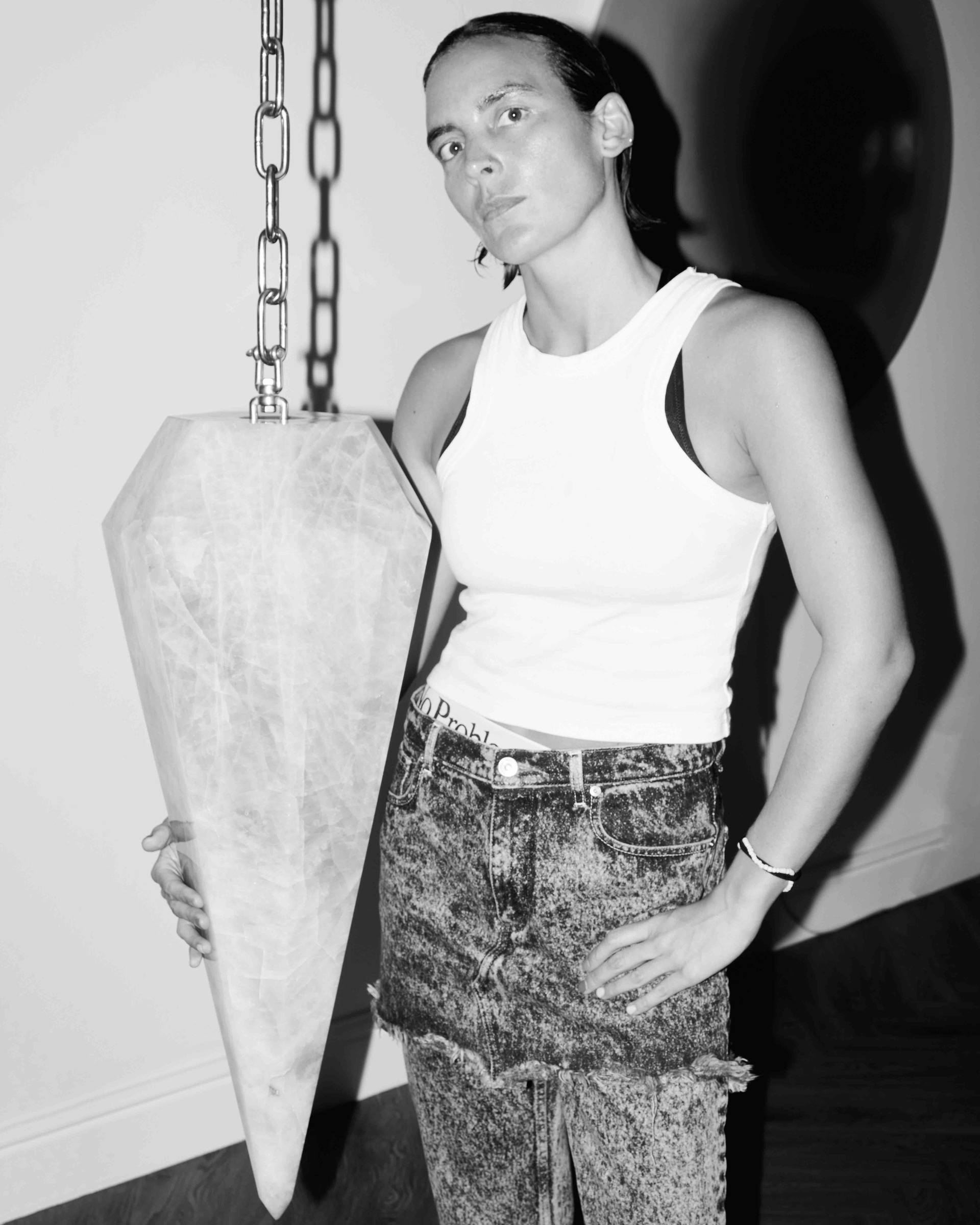


Recent Comments